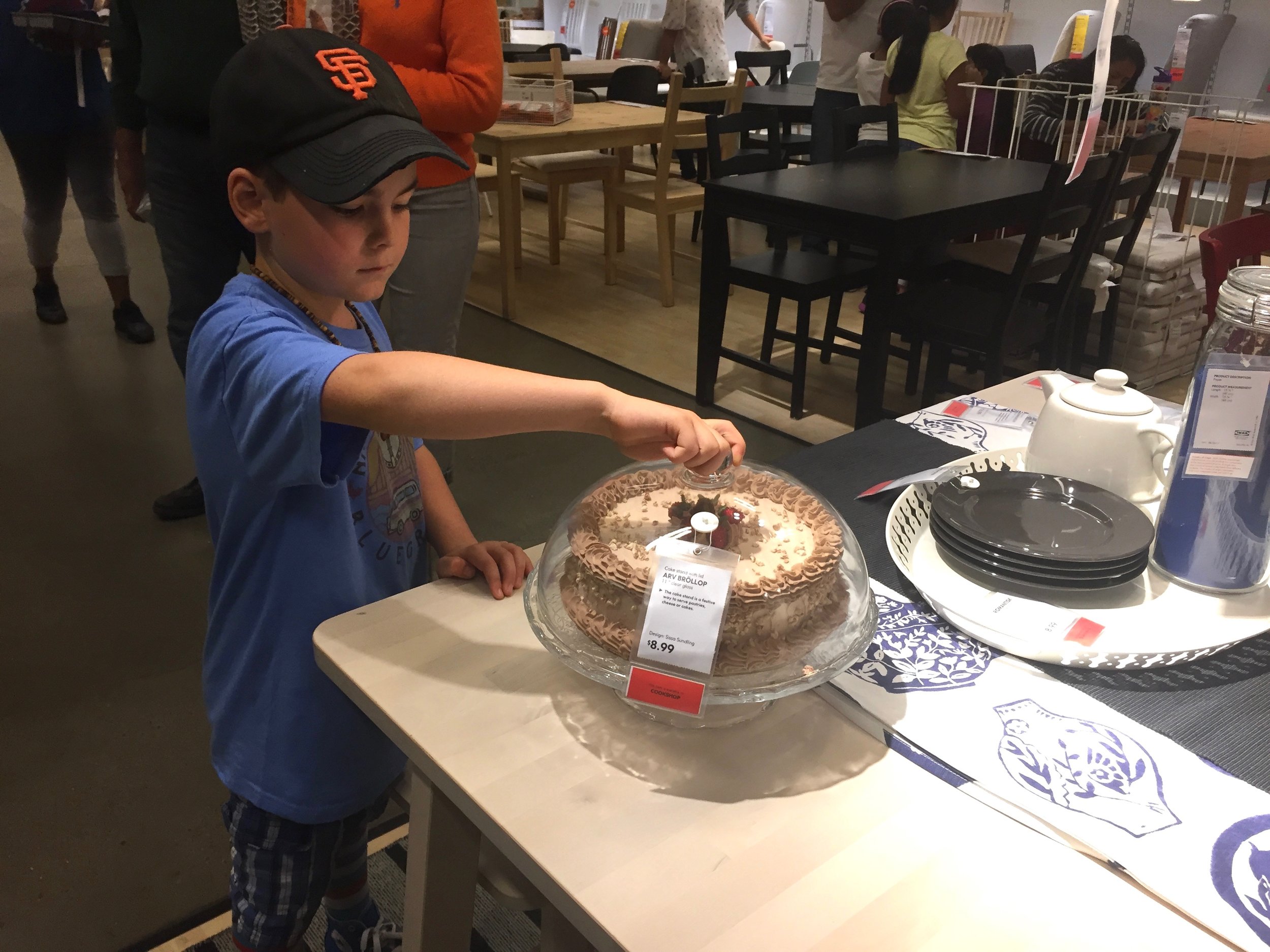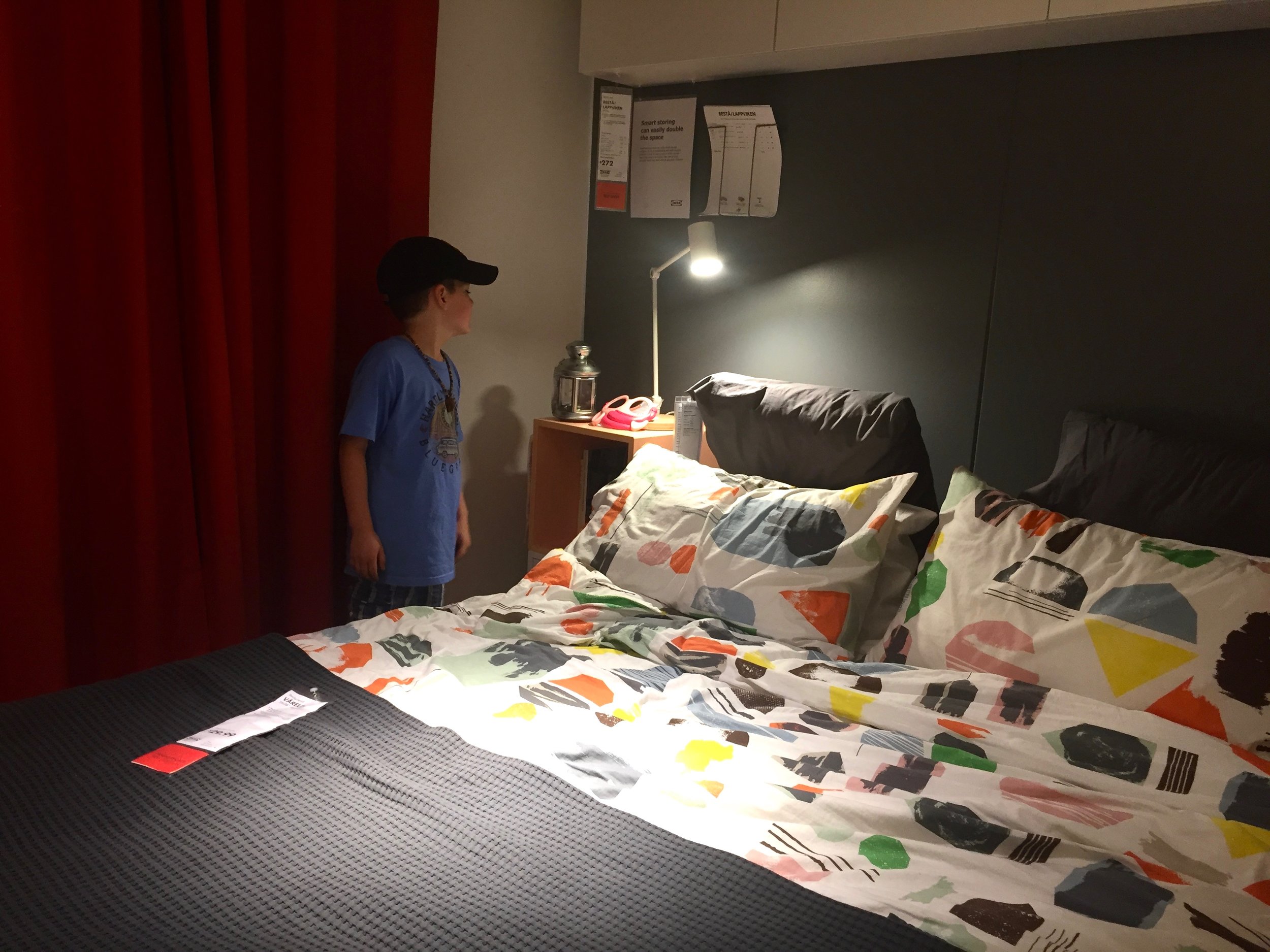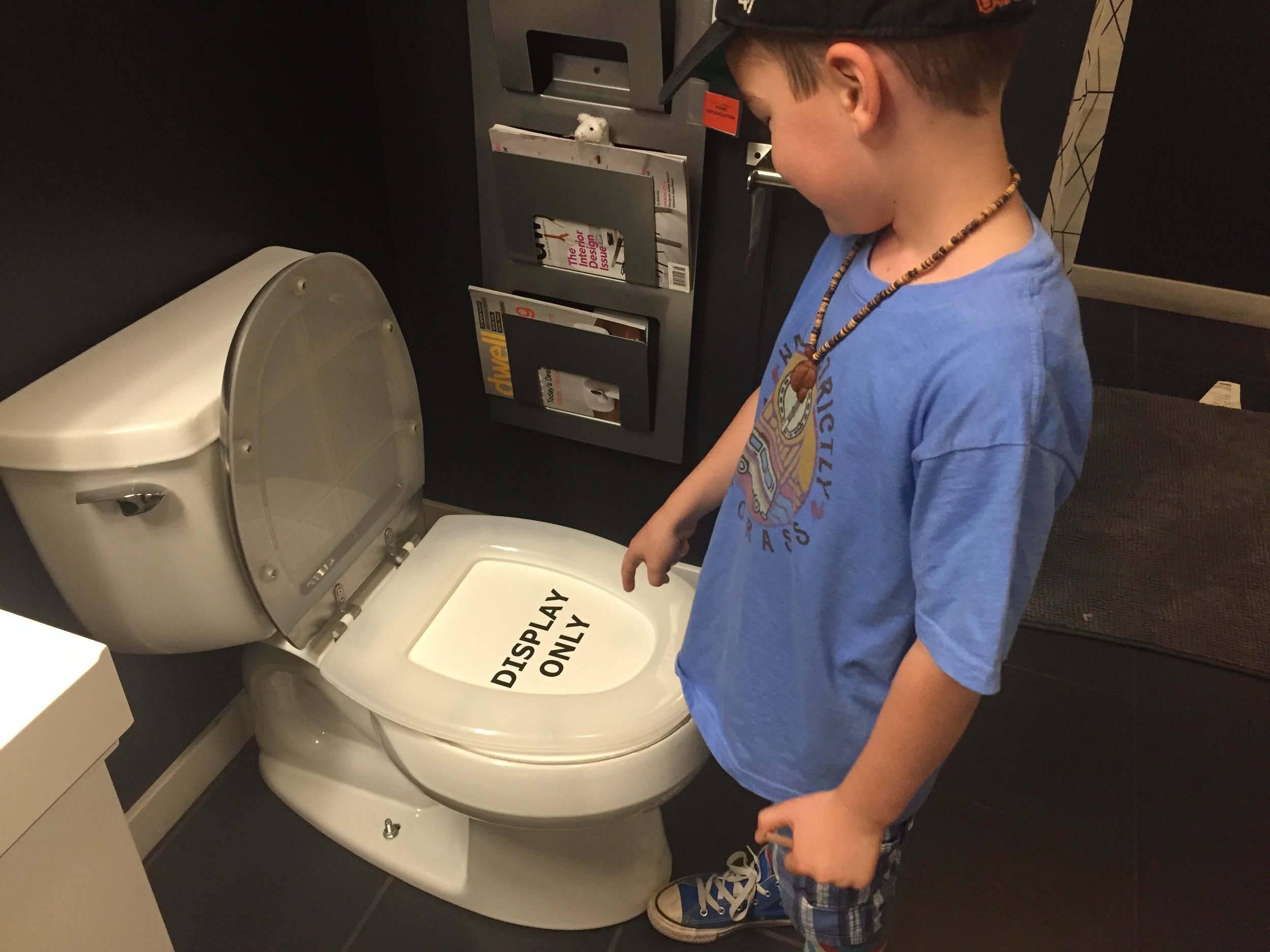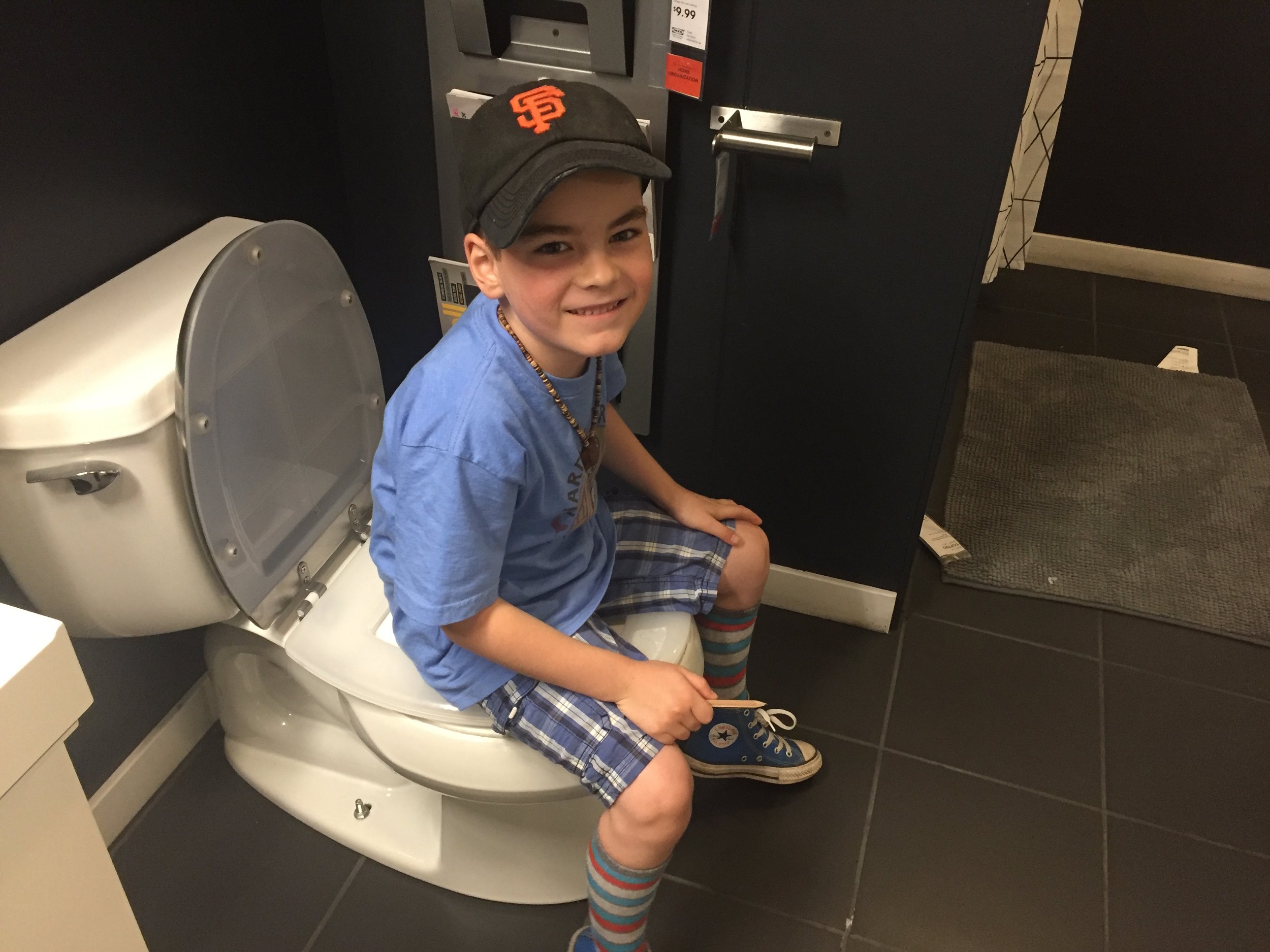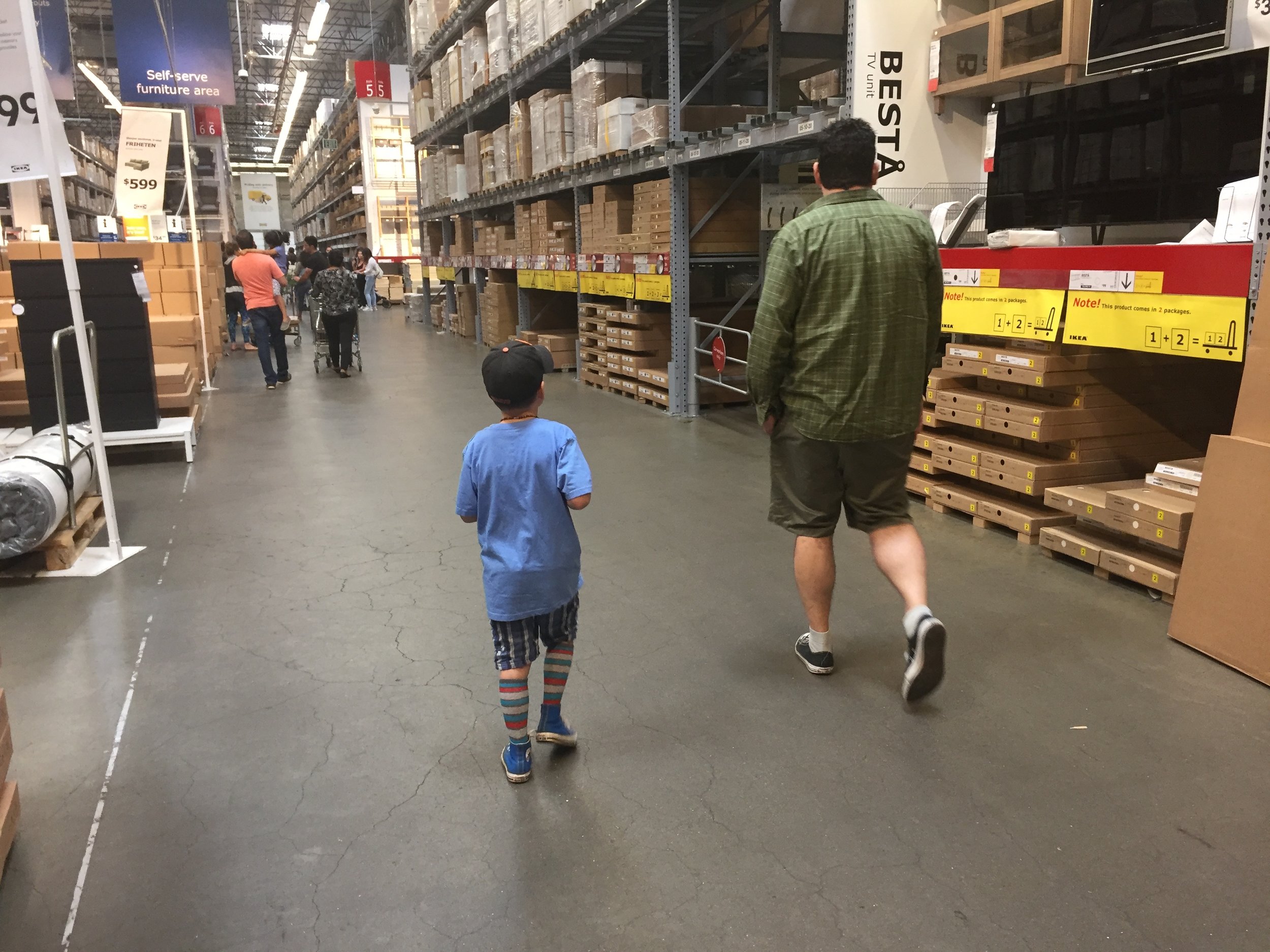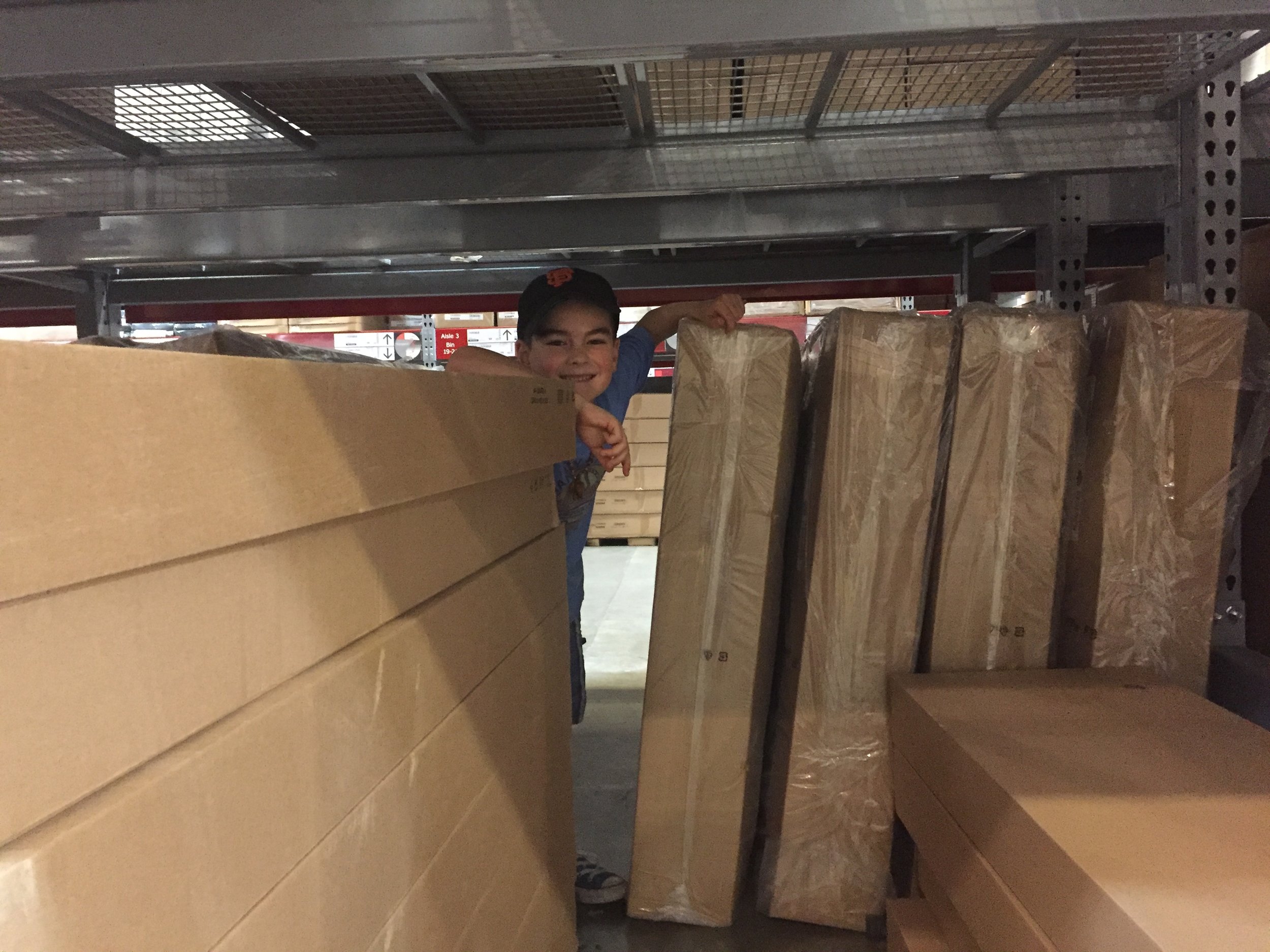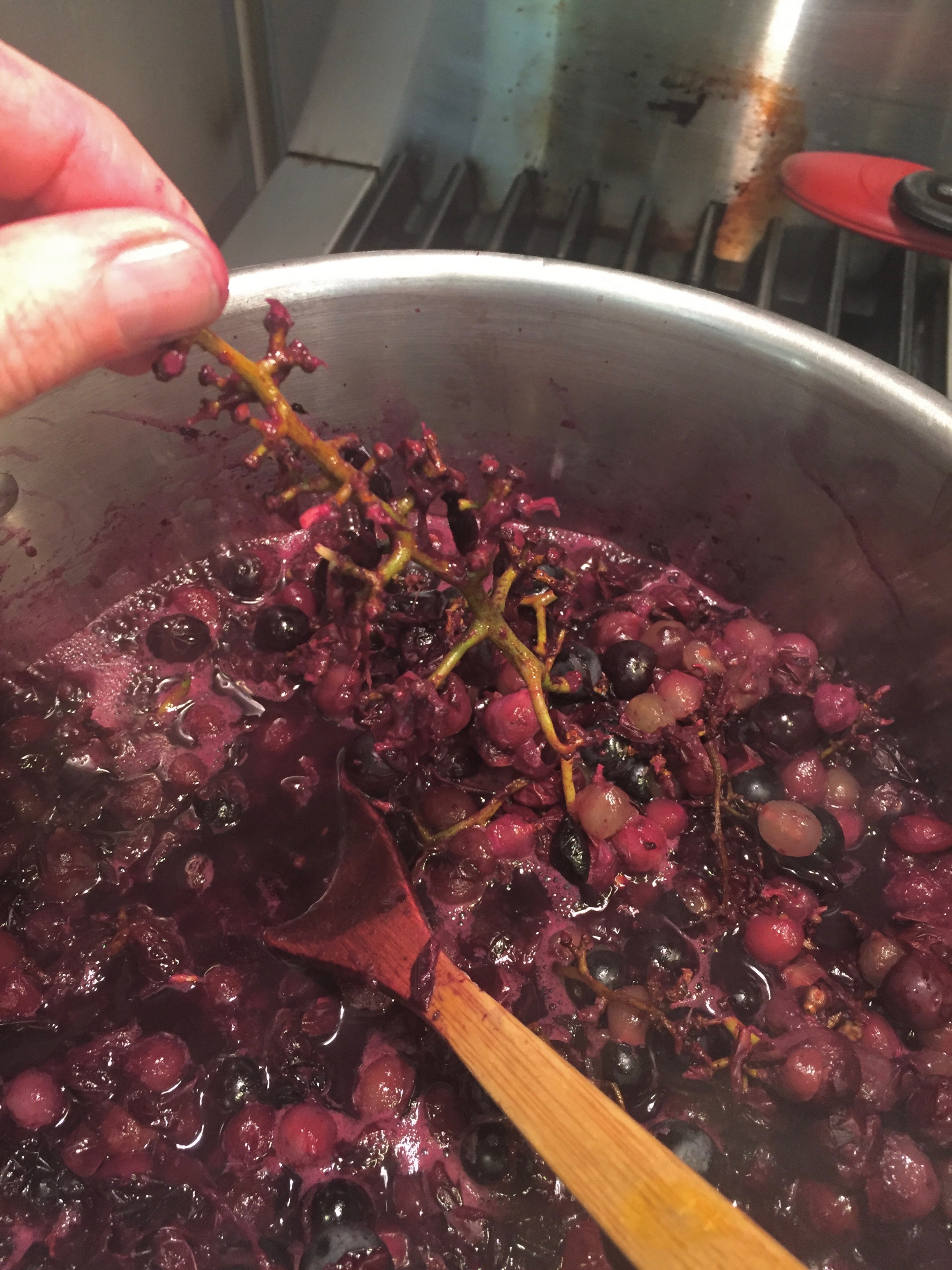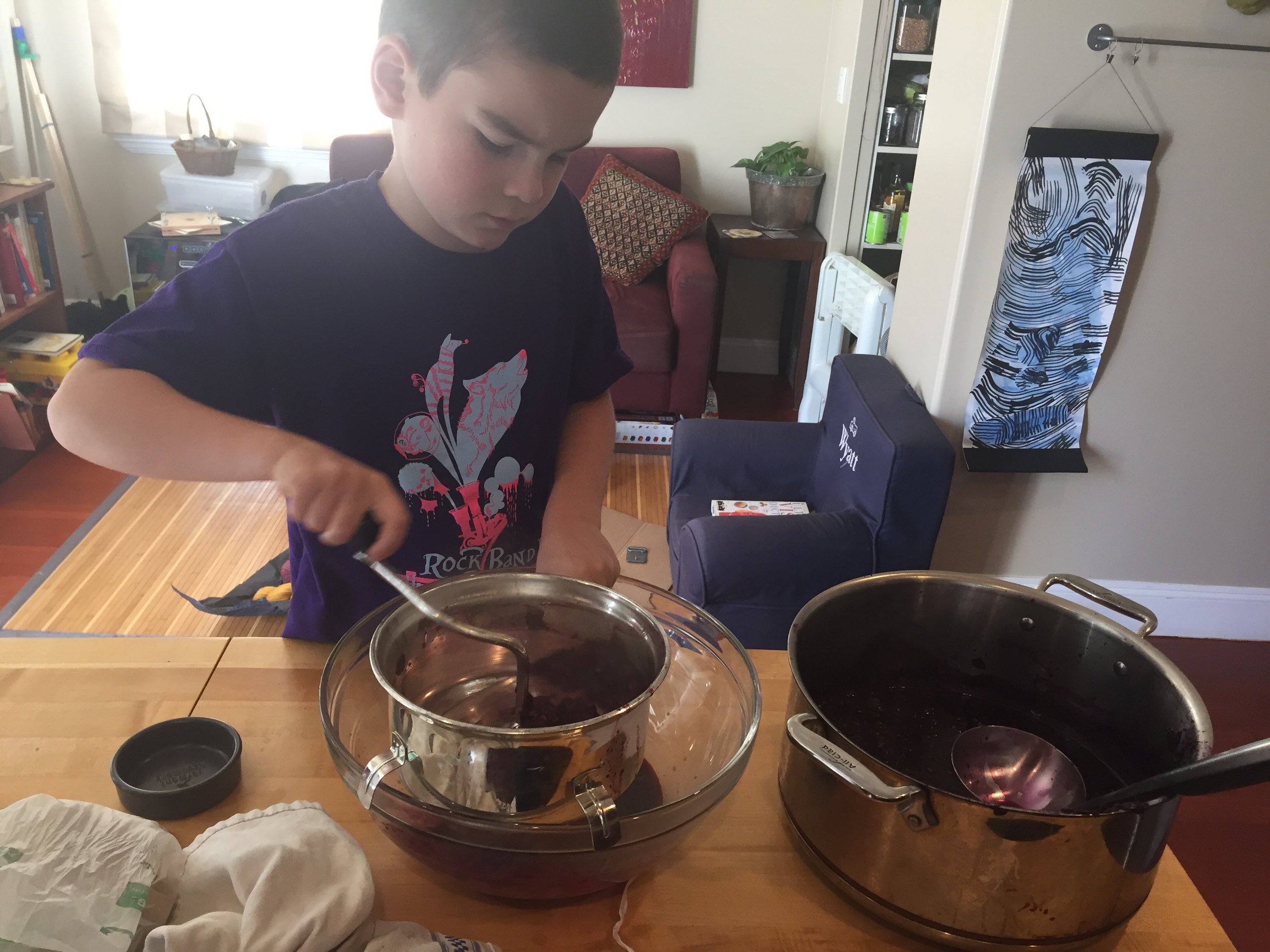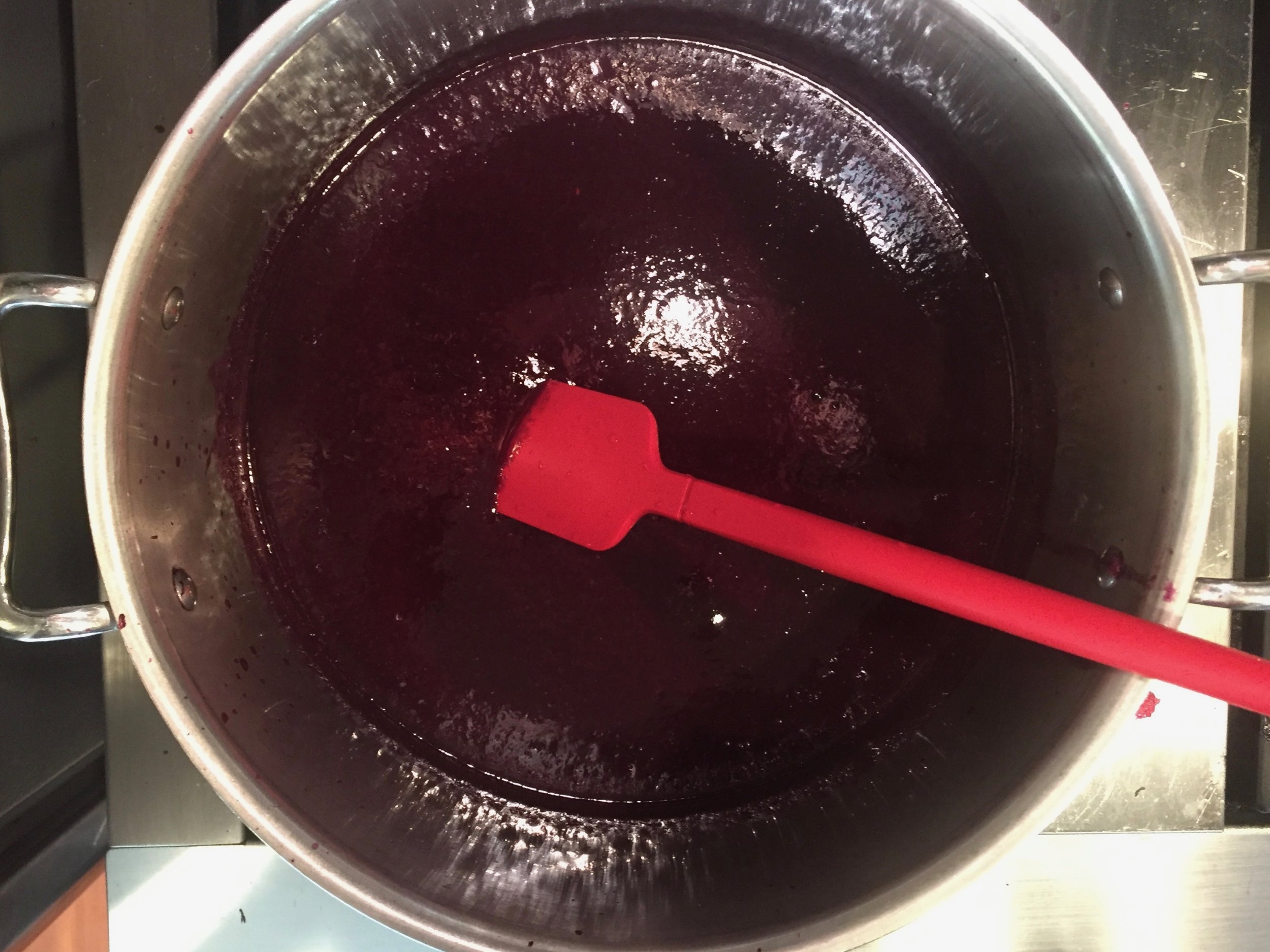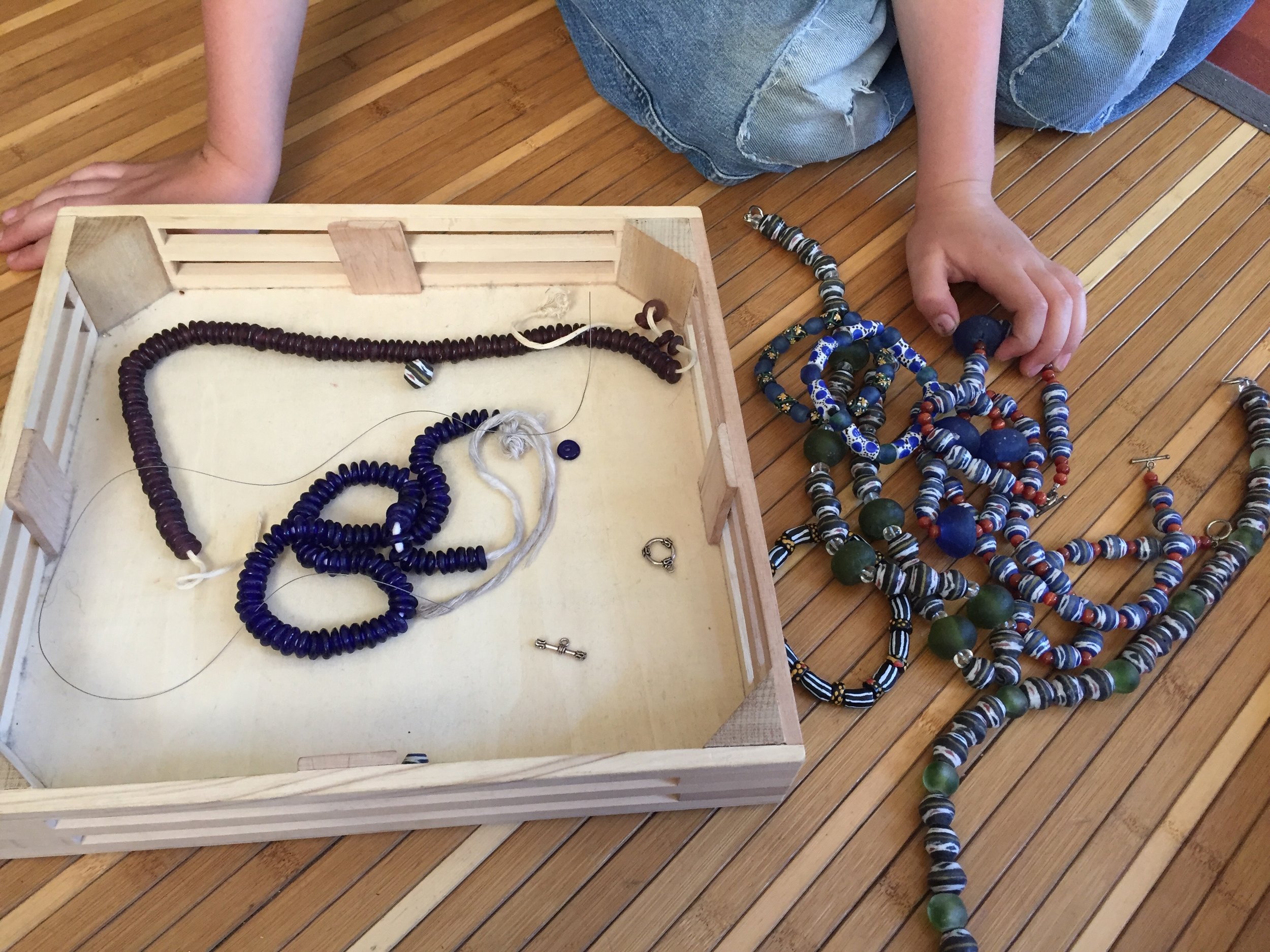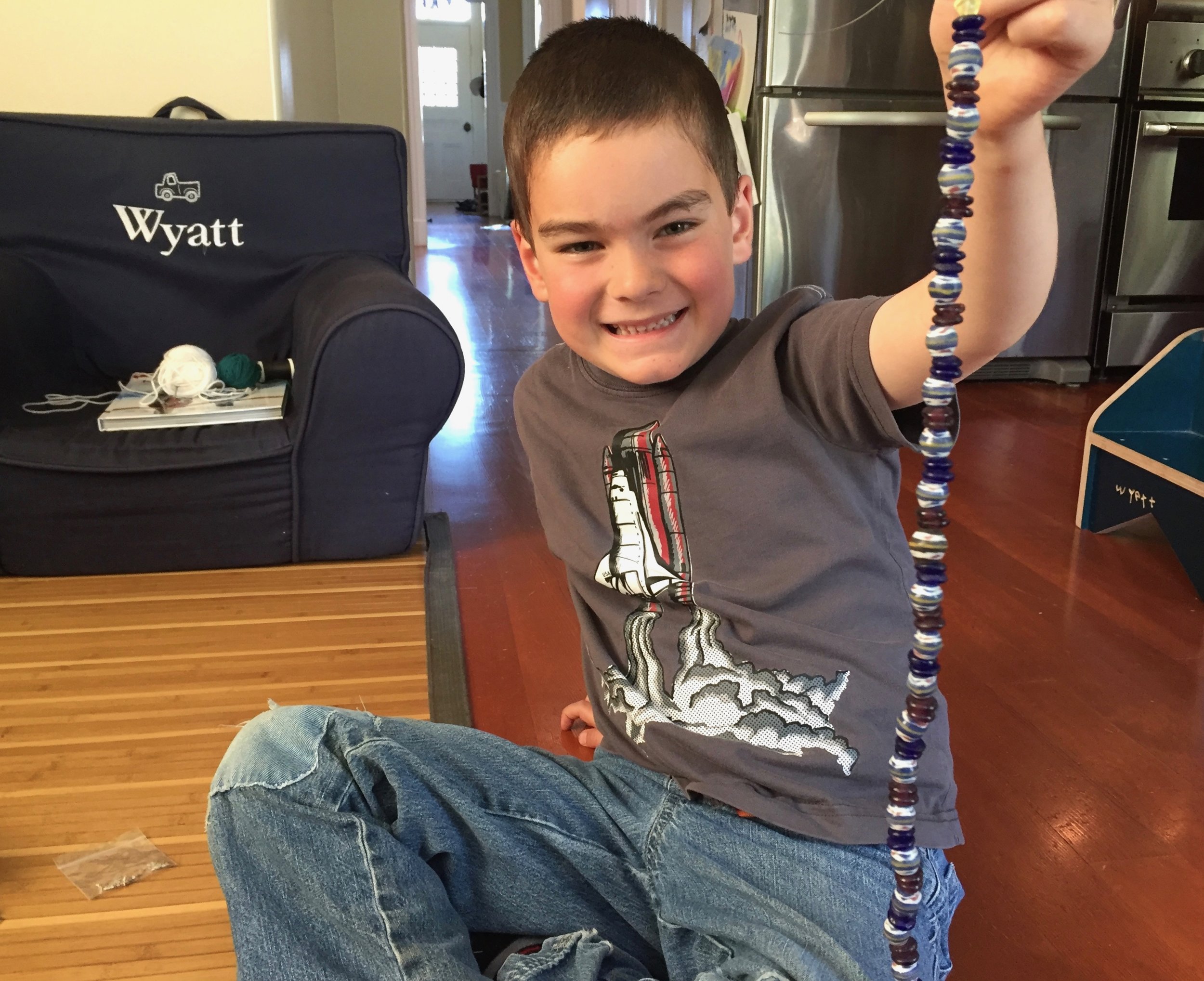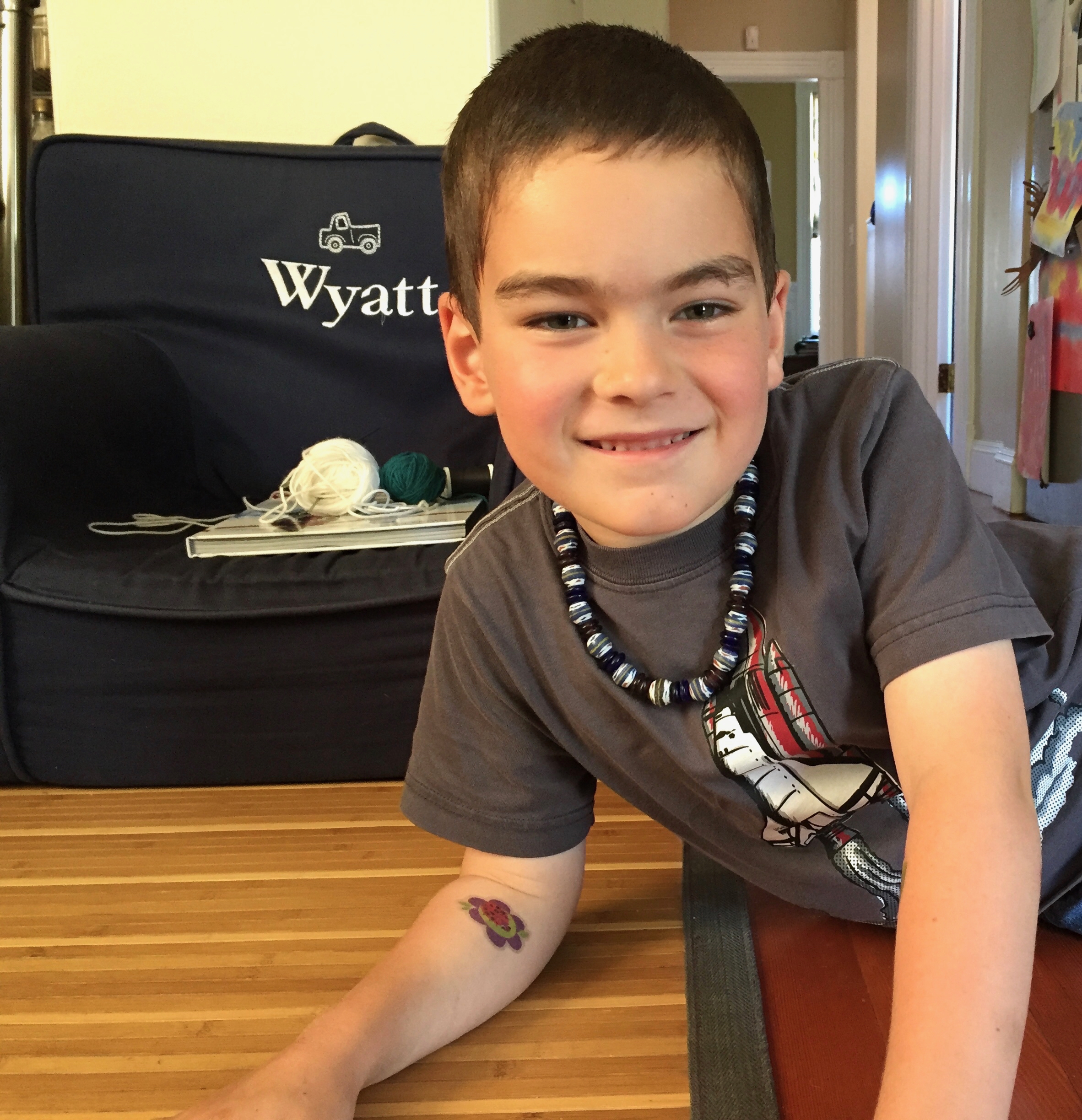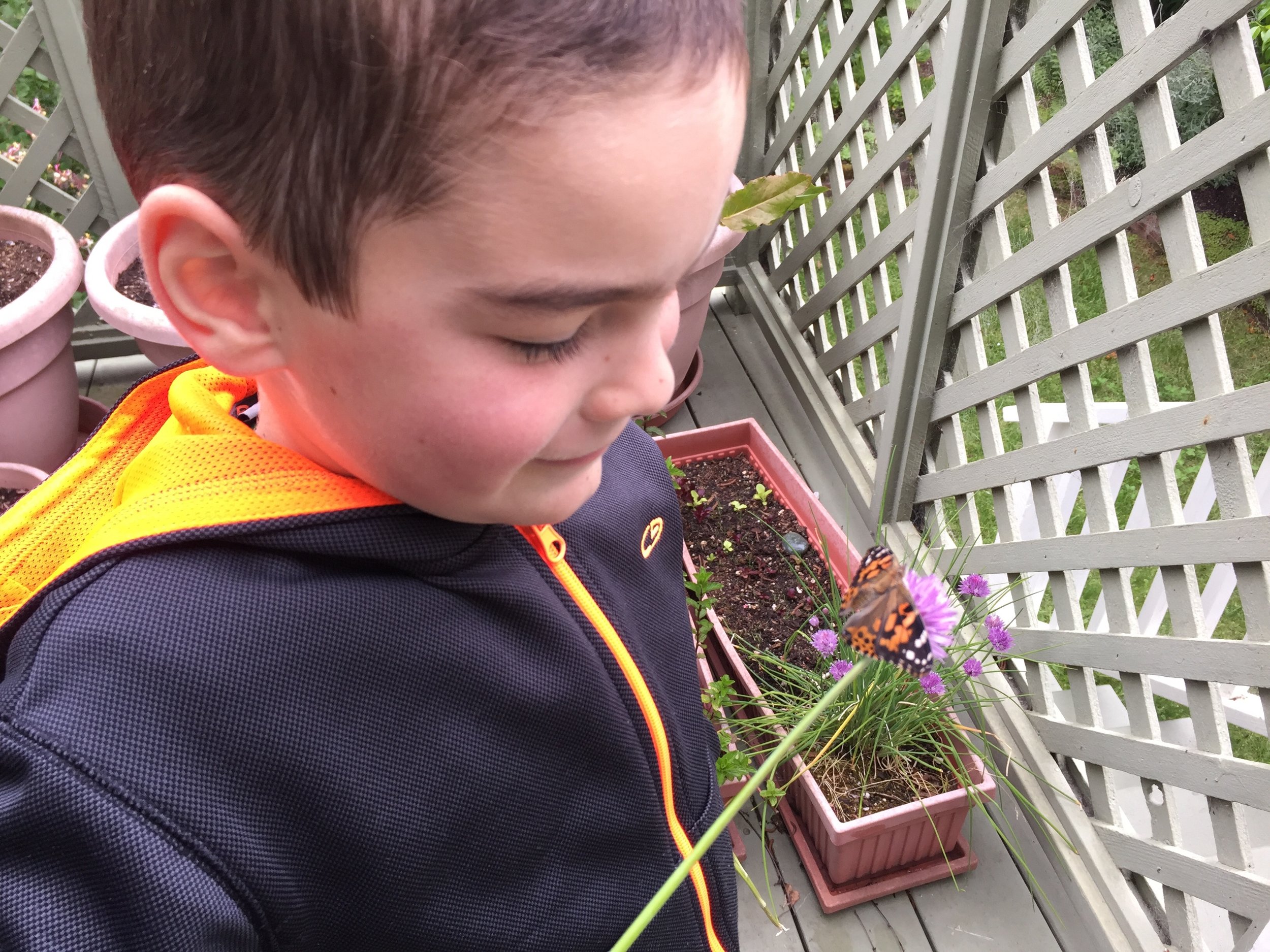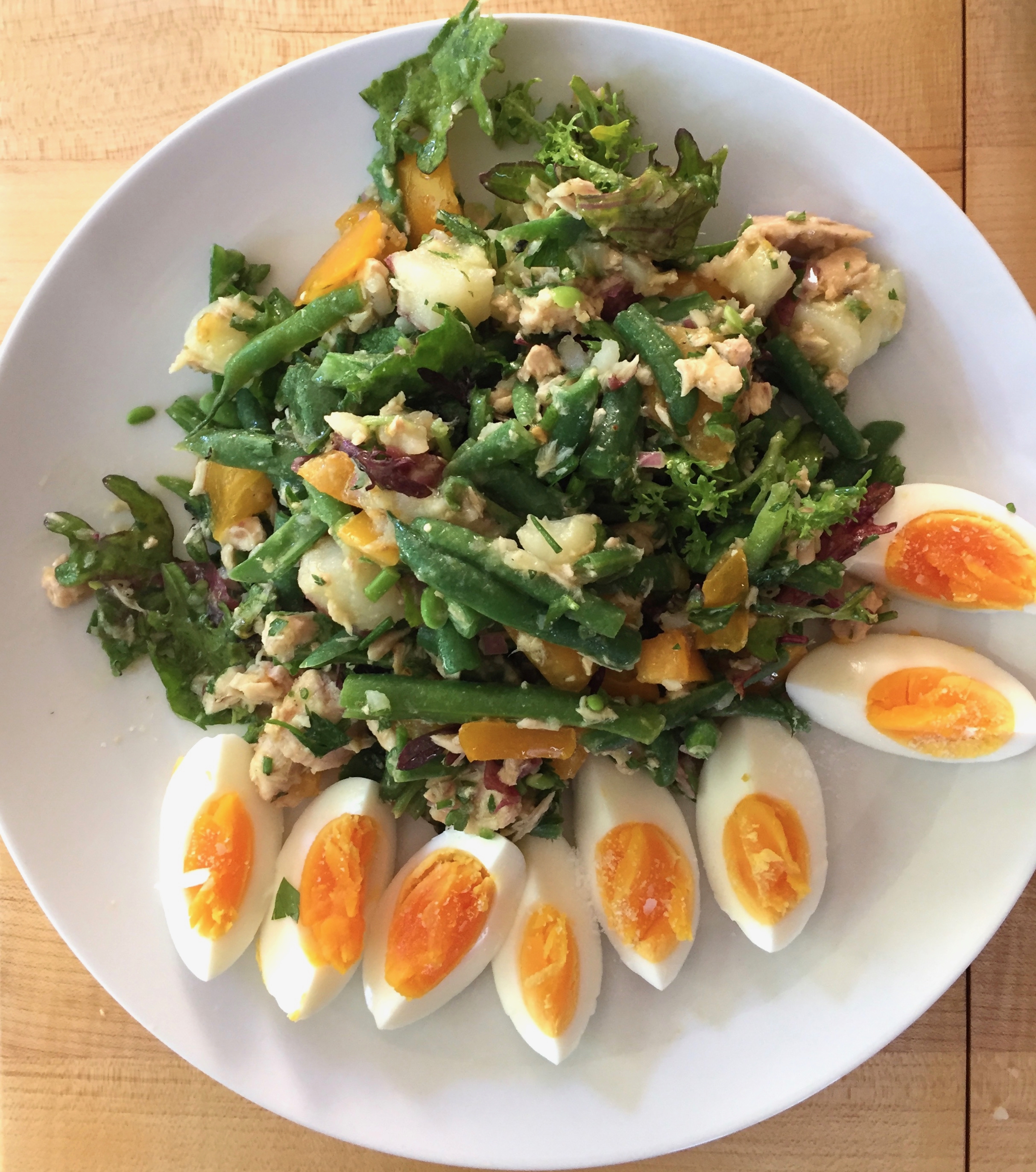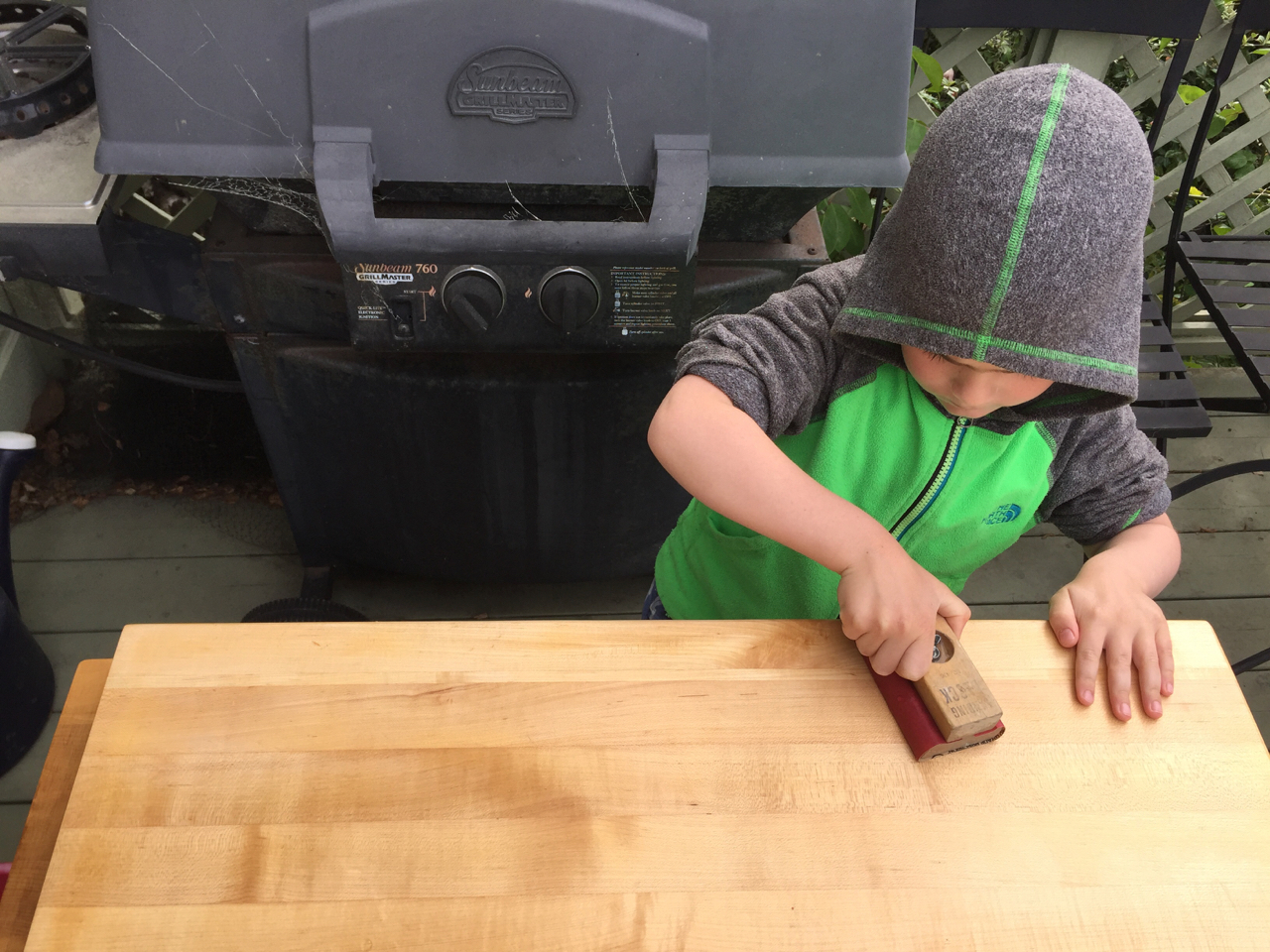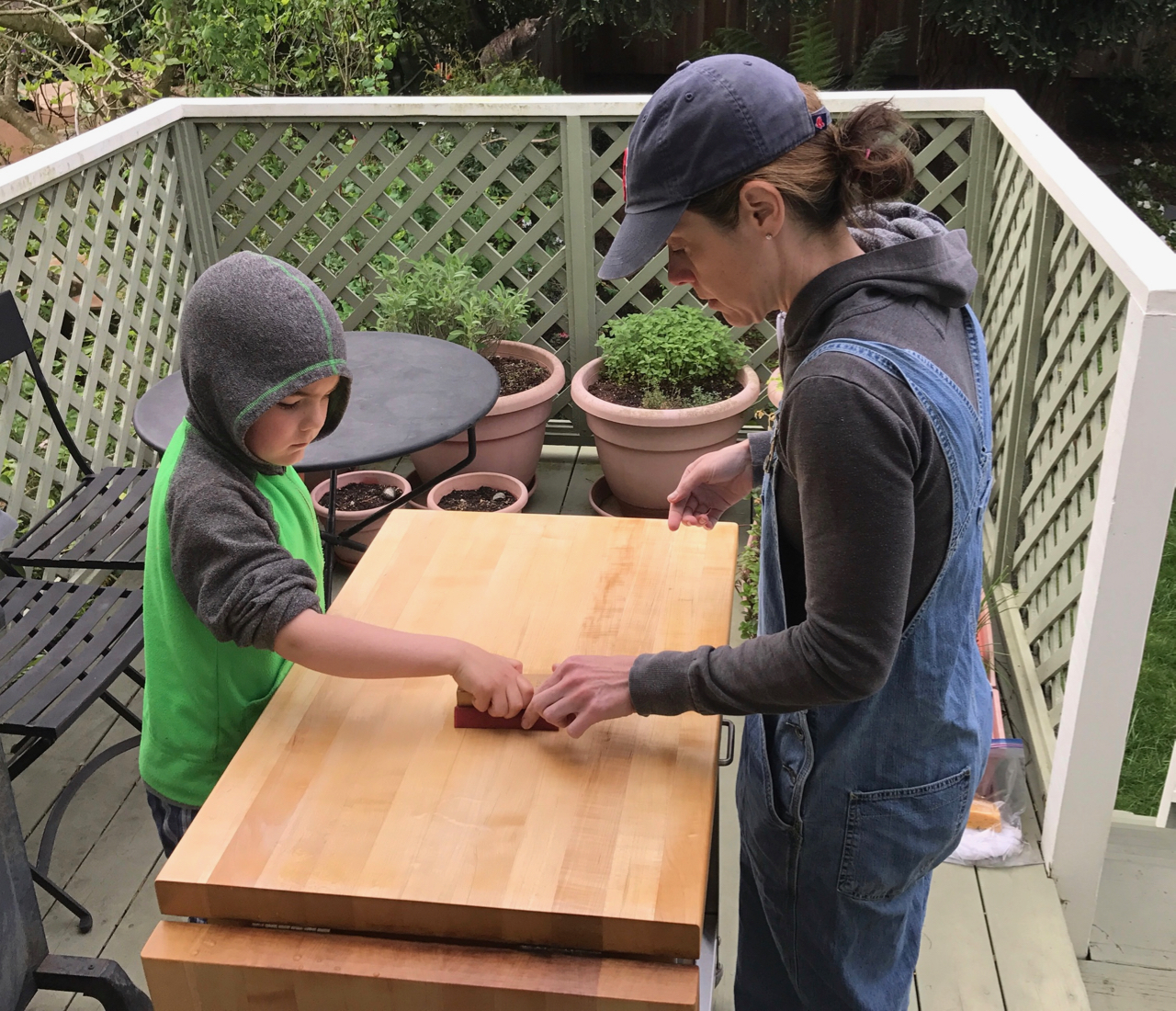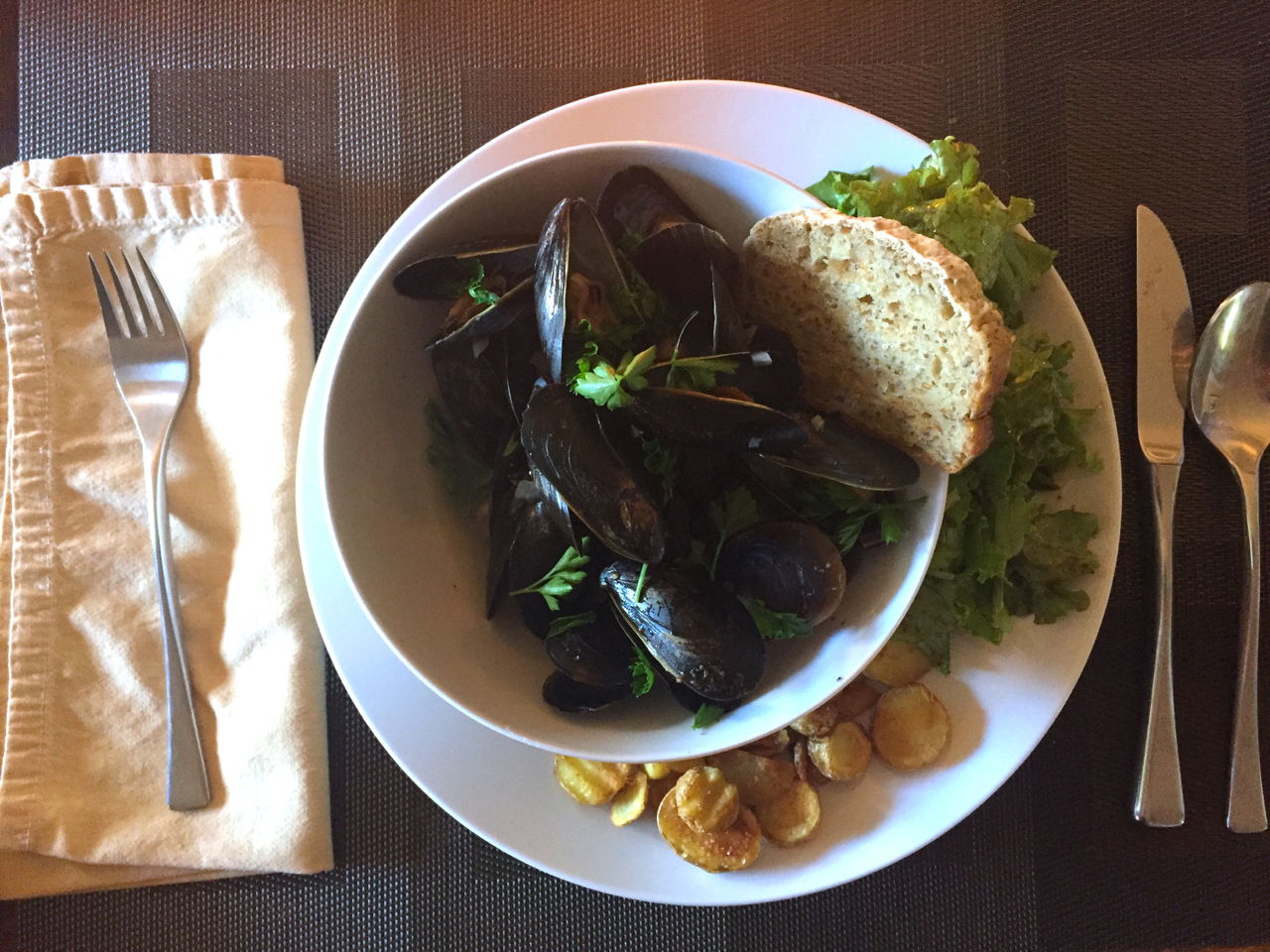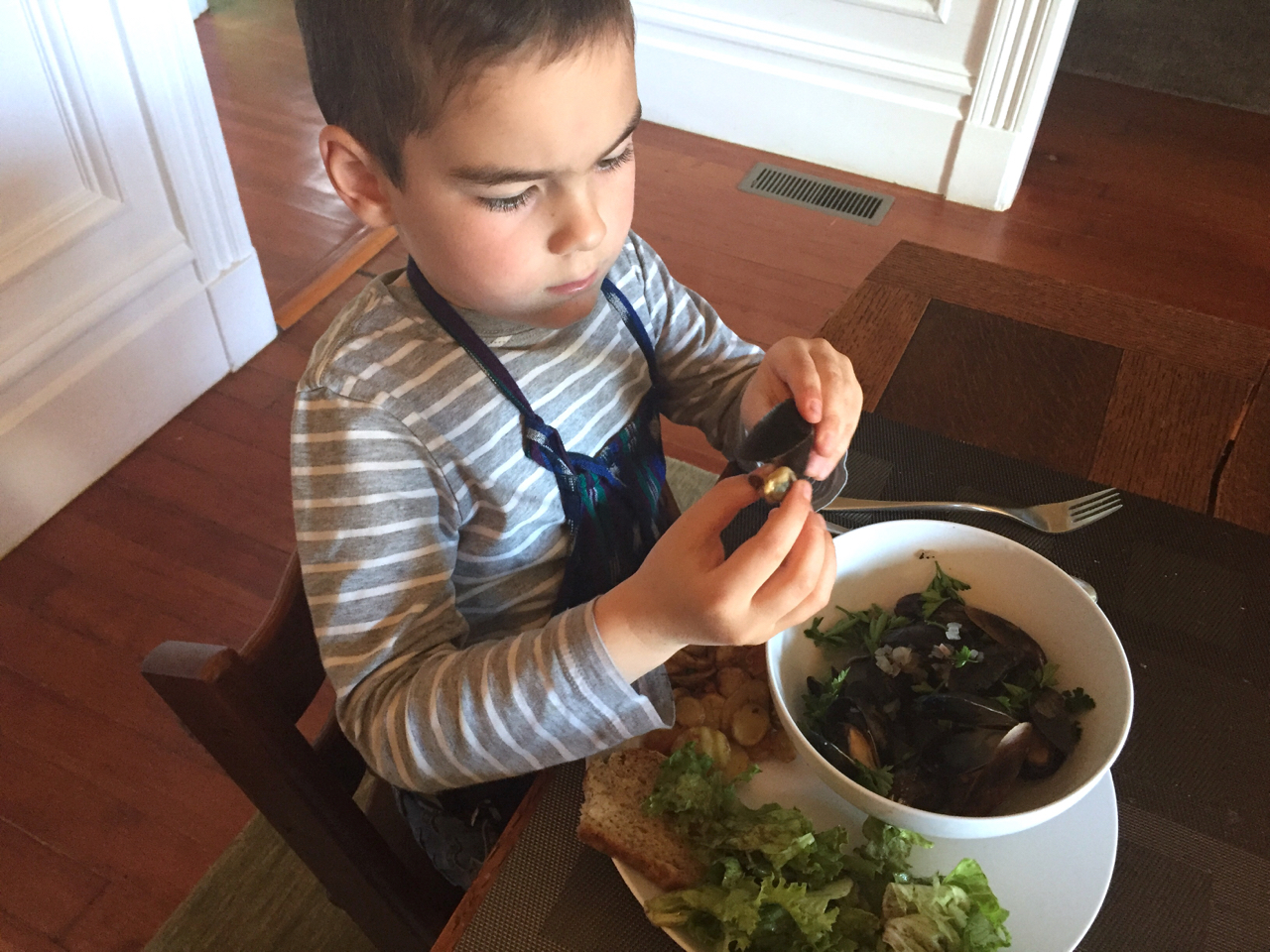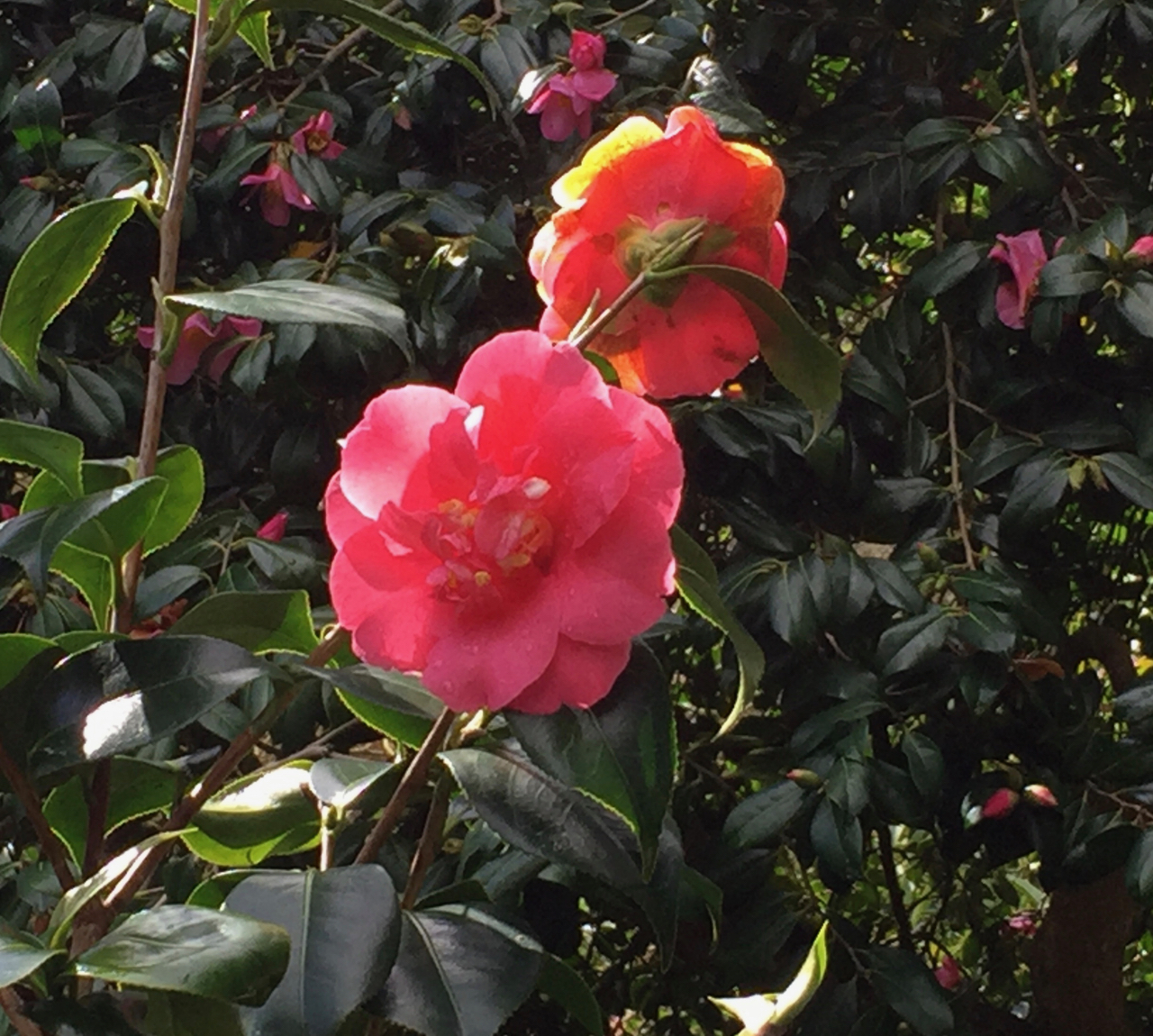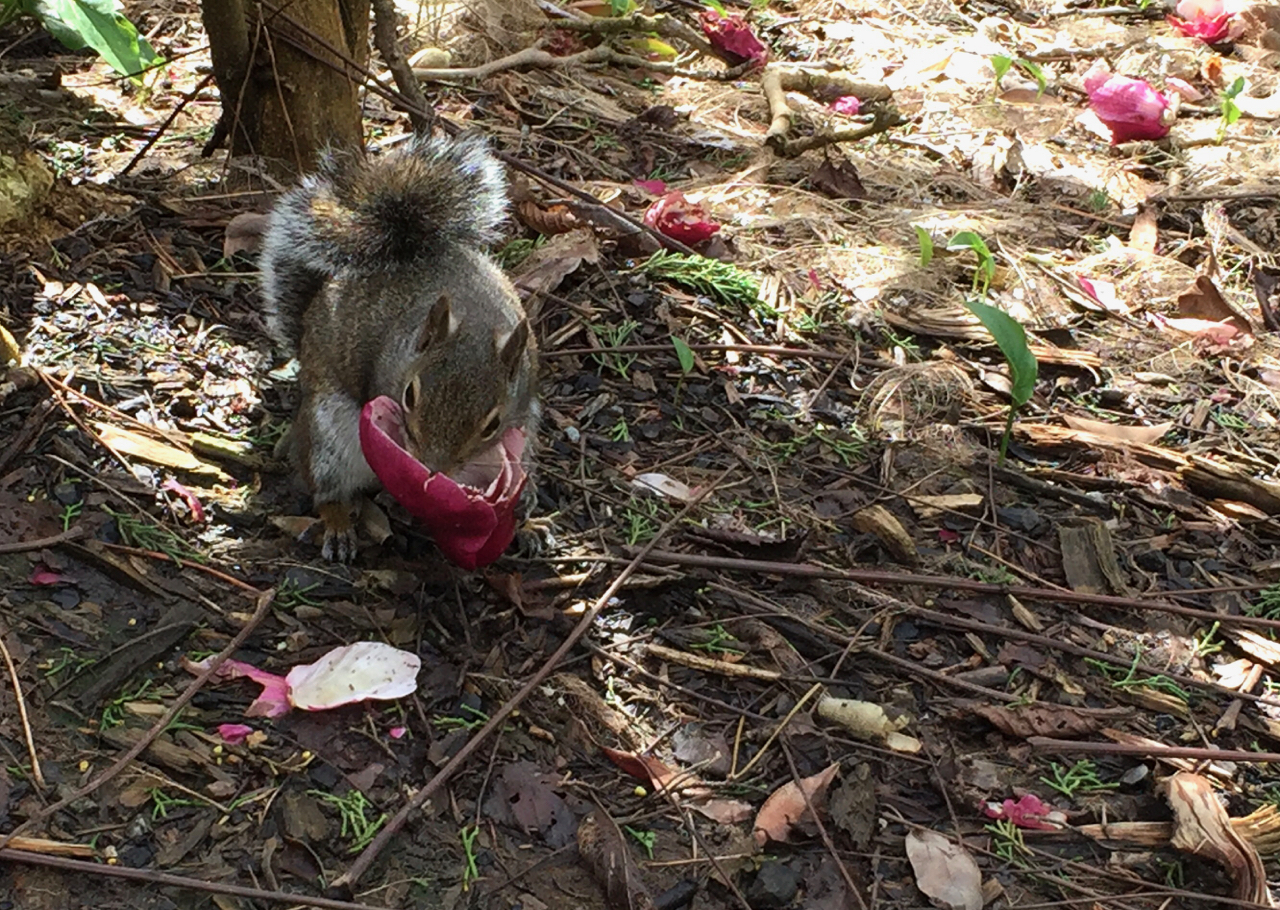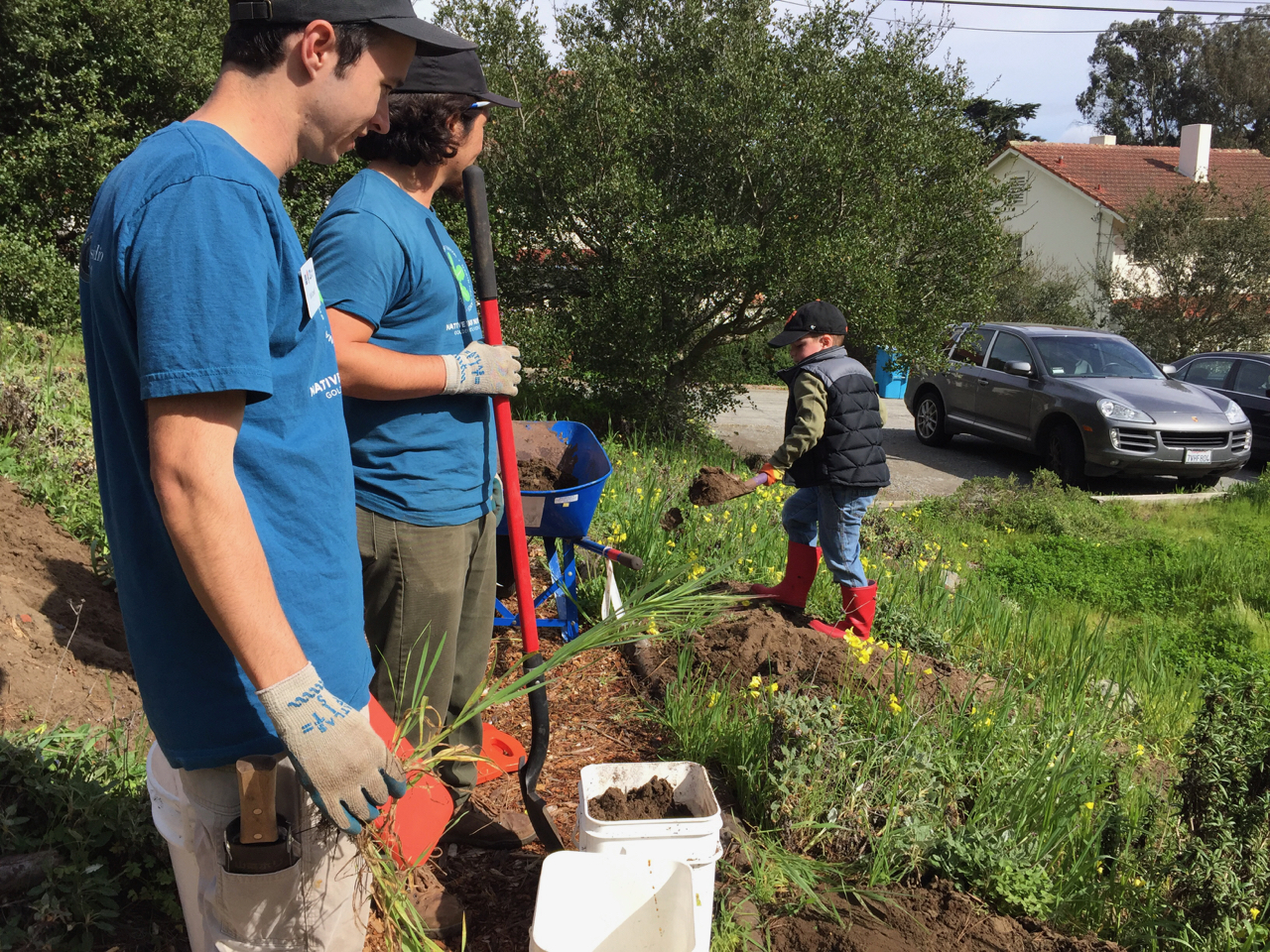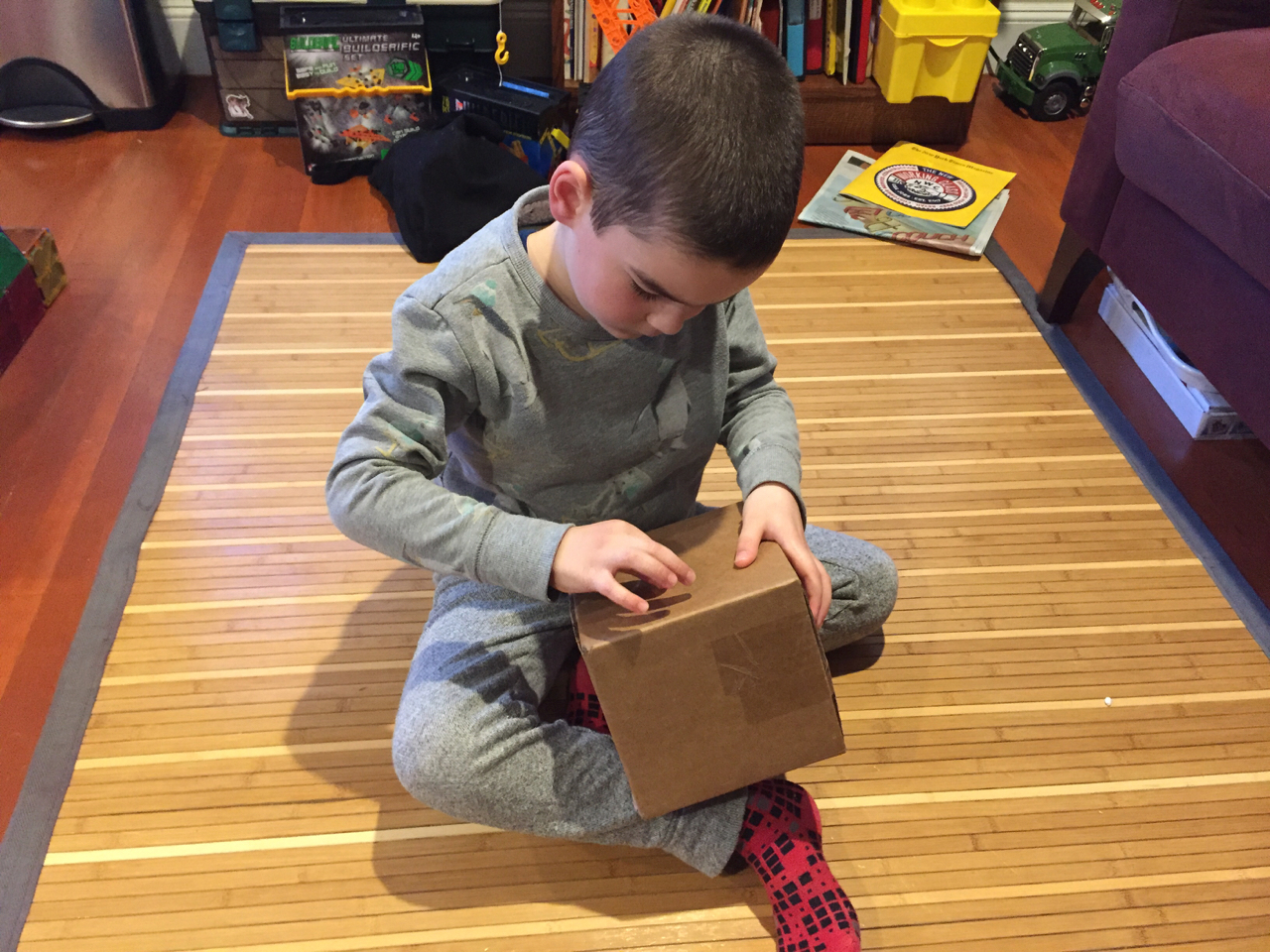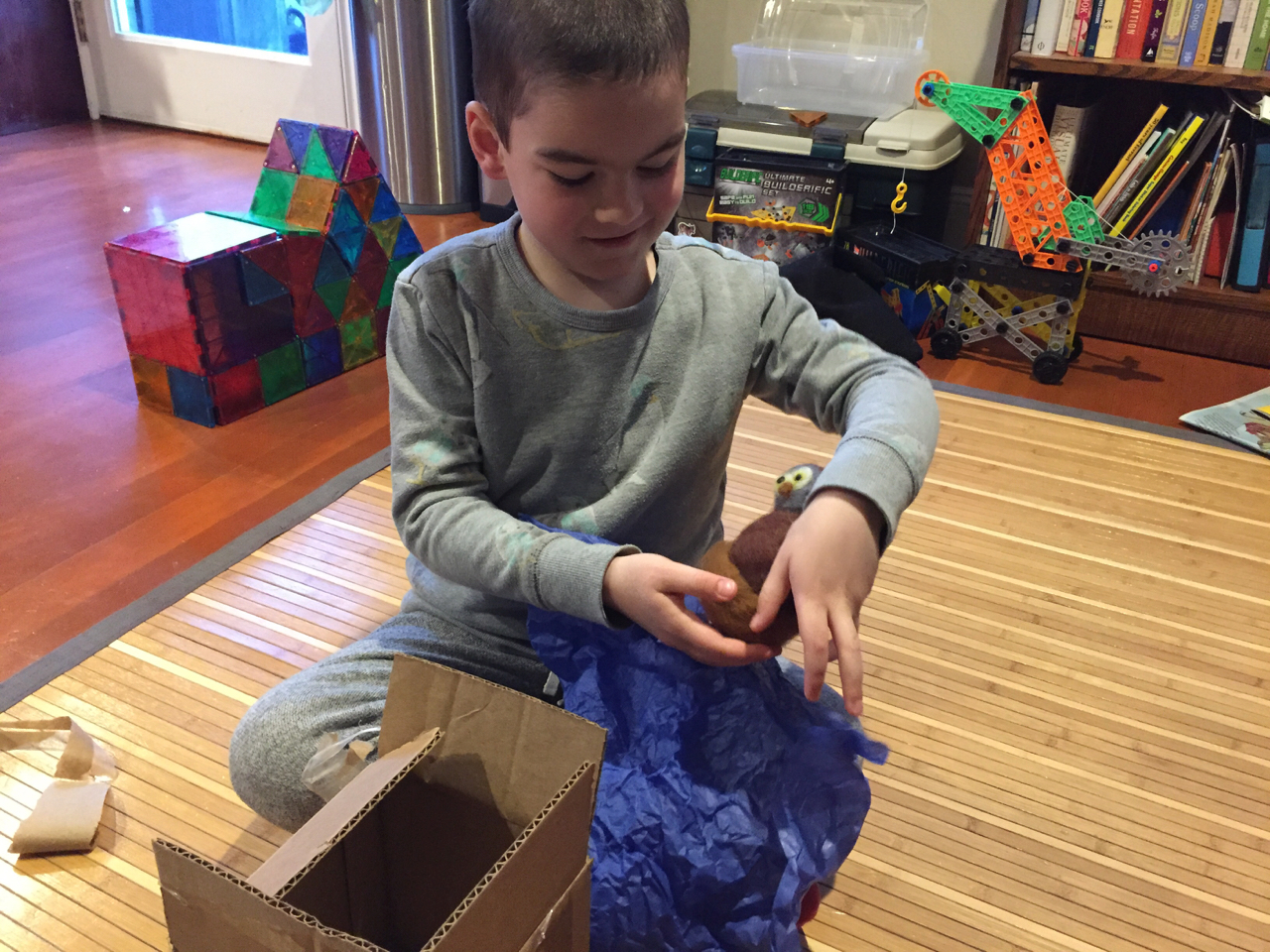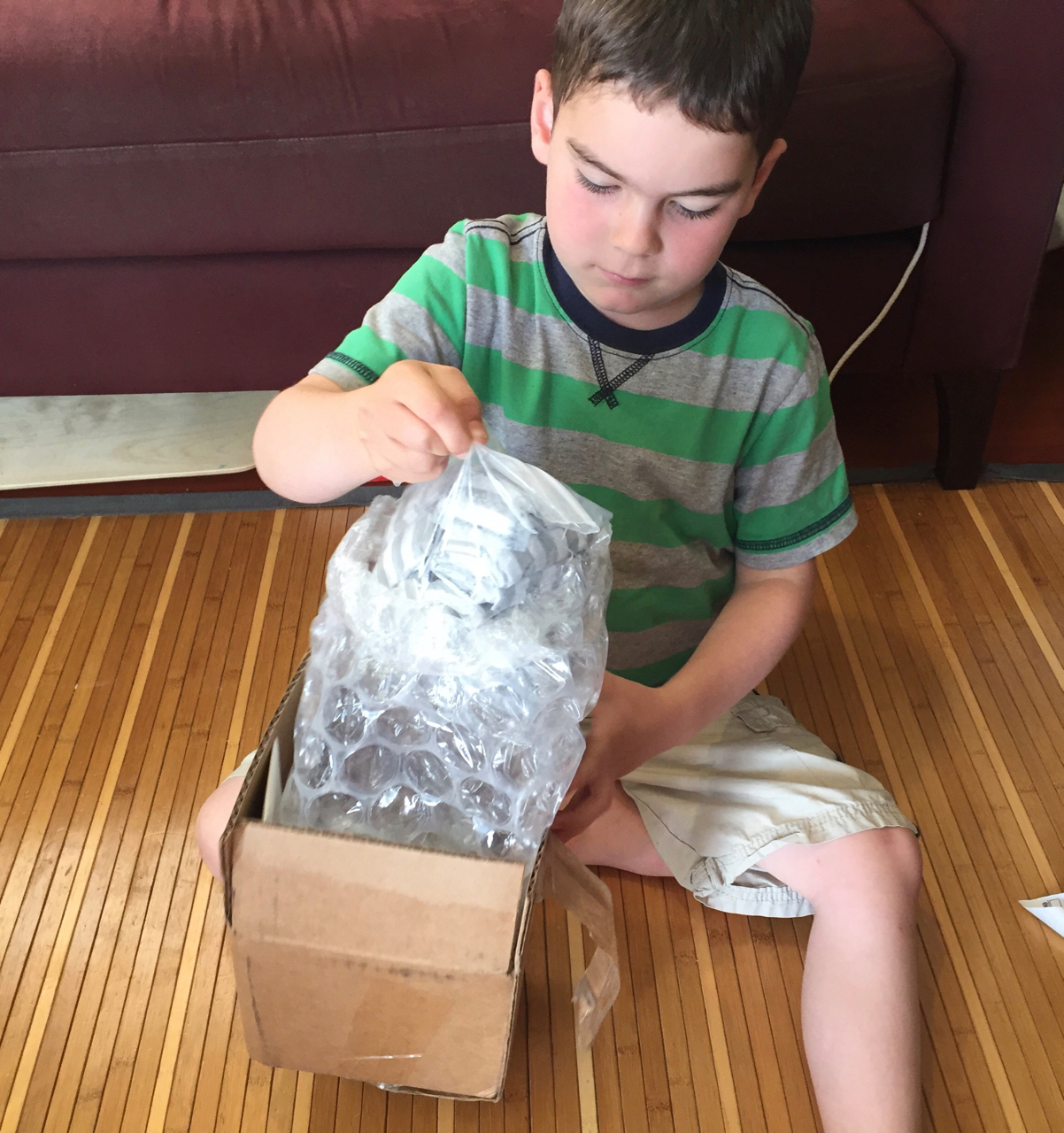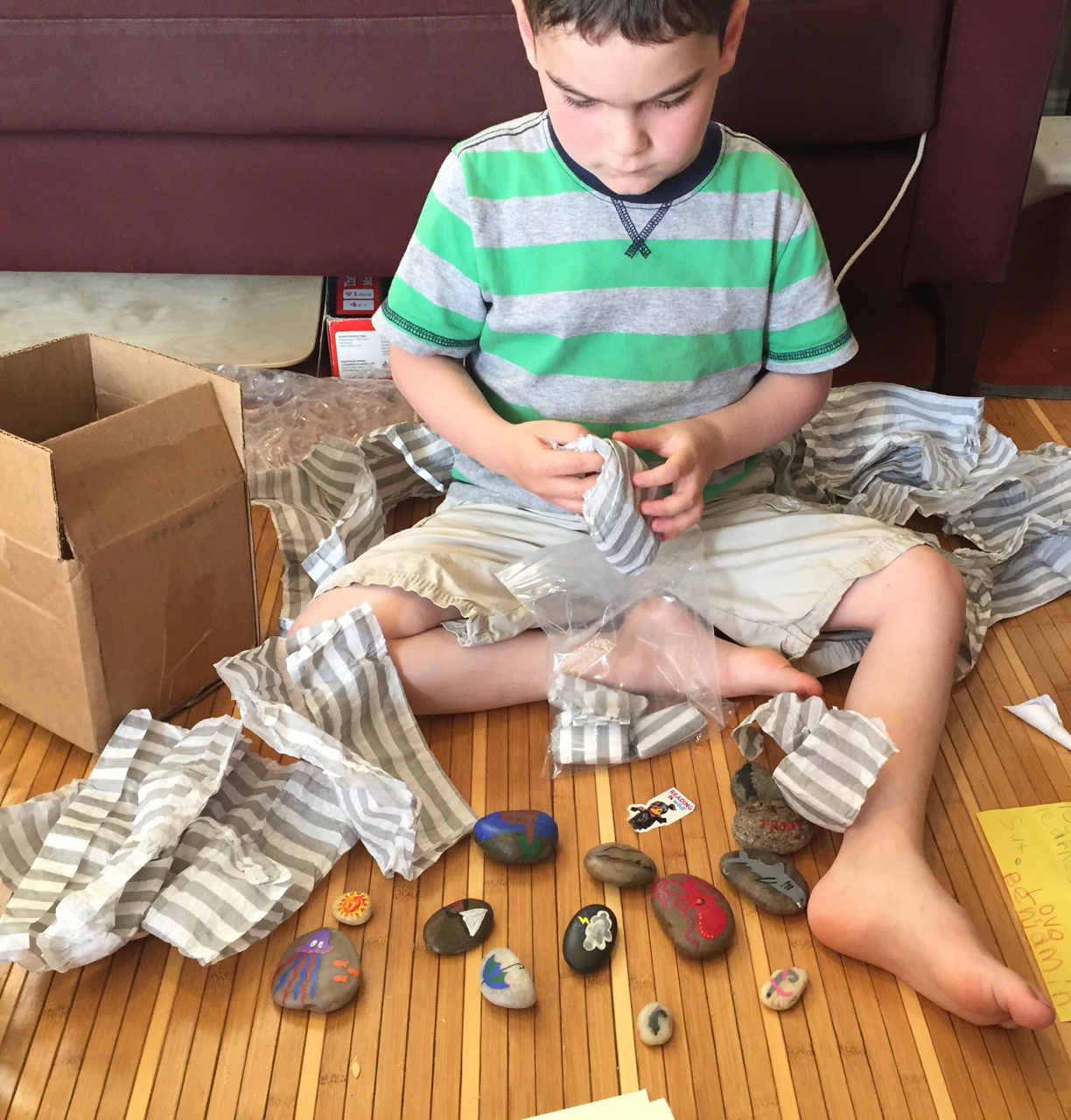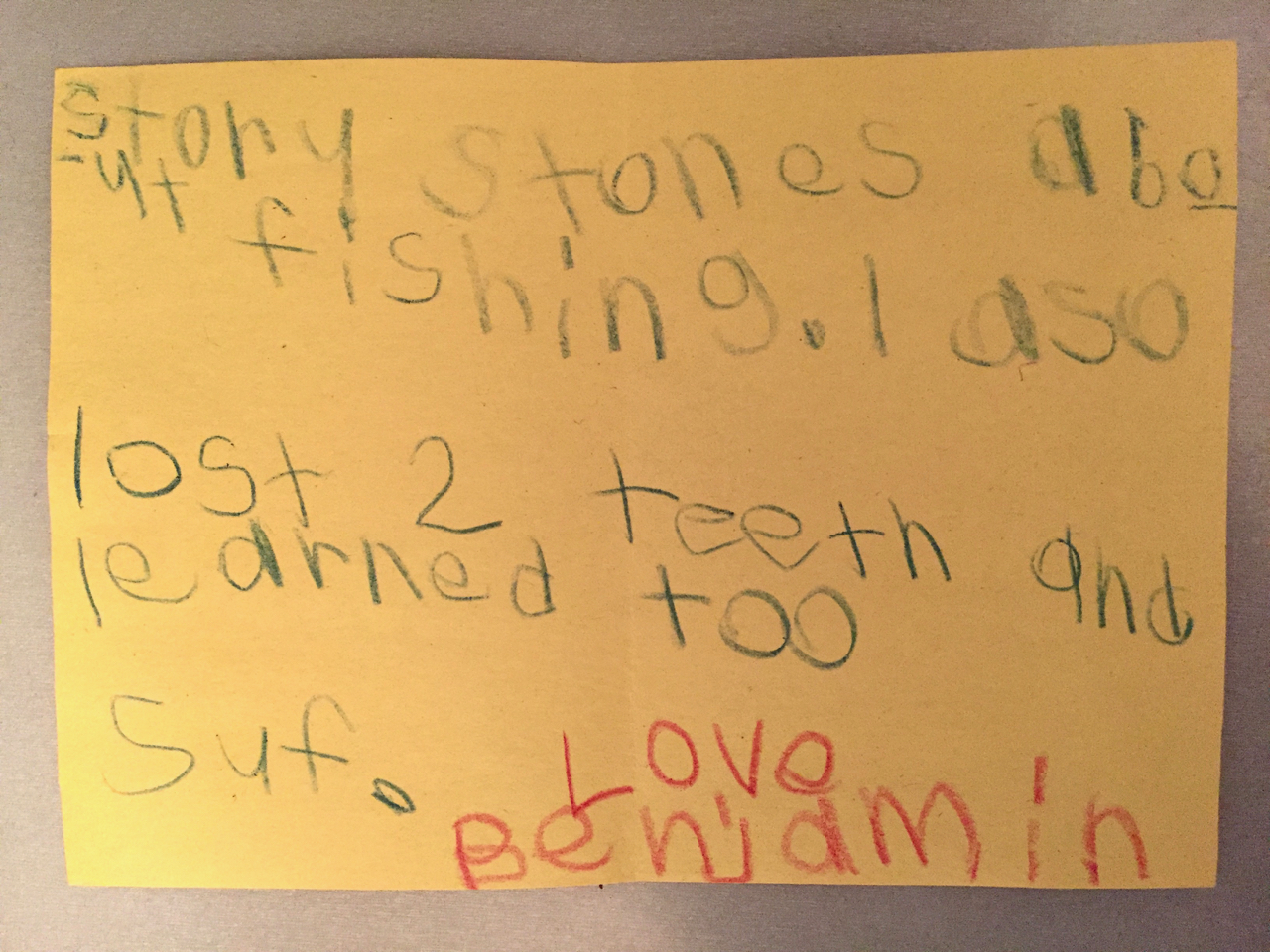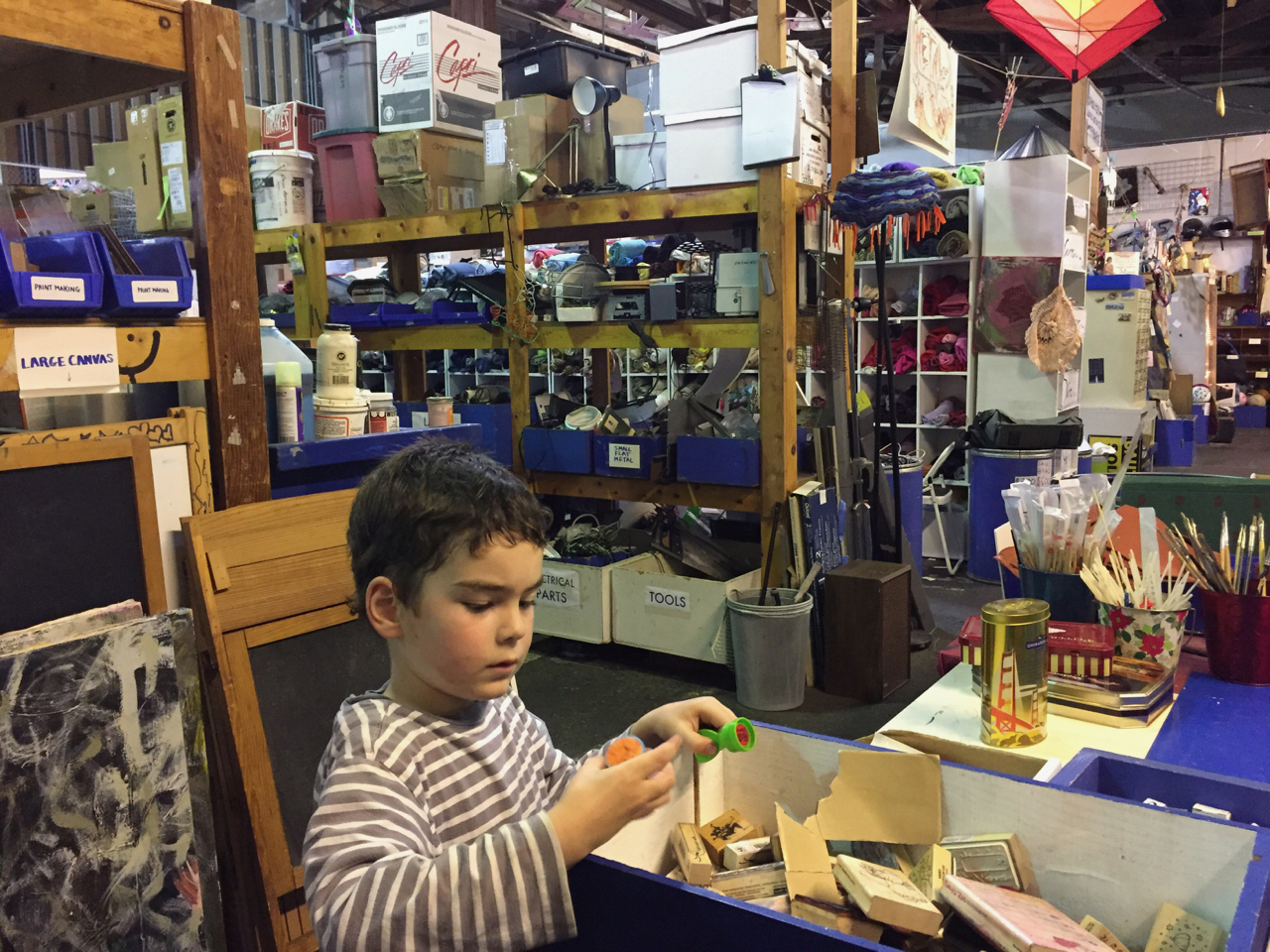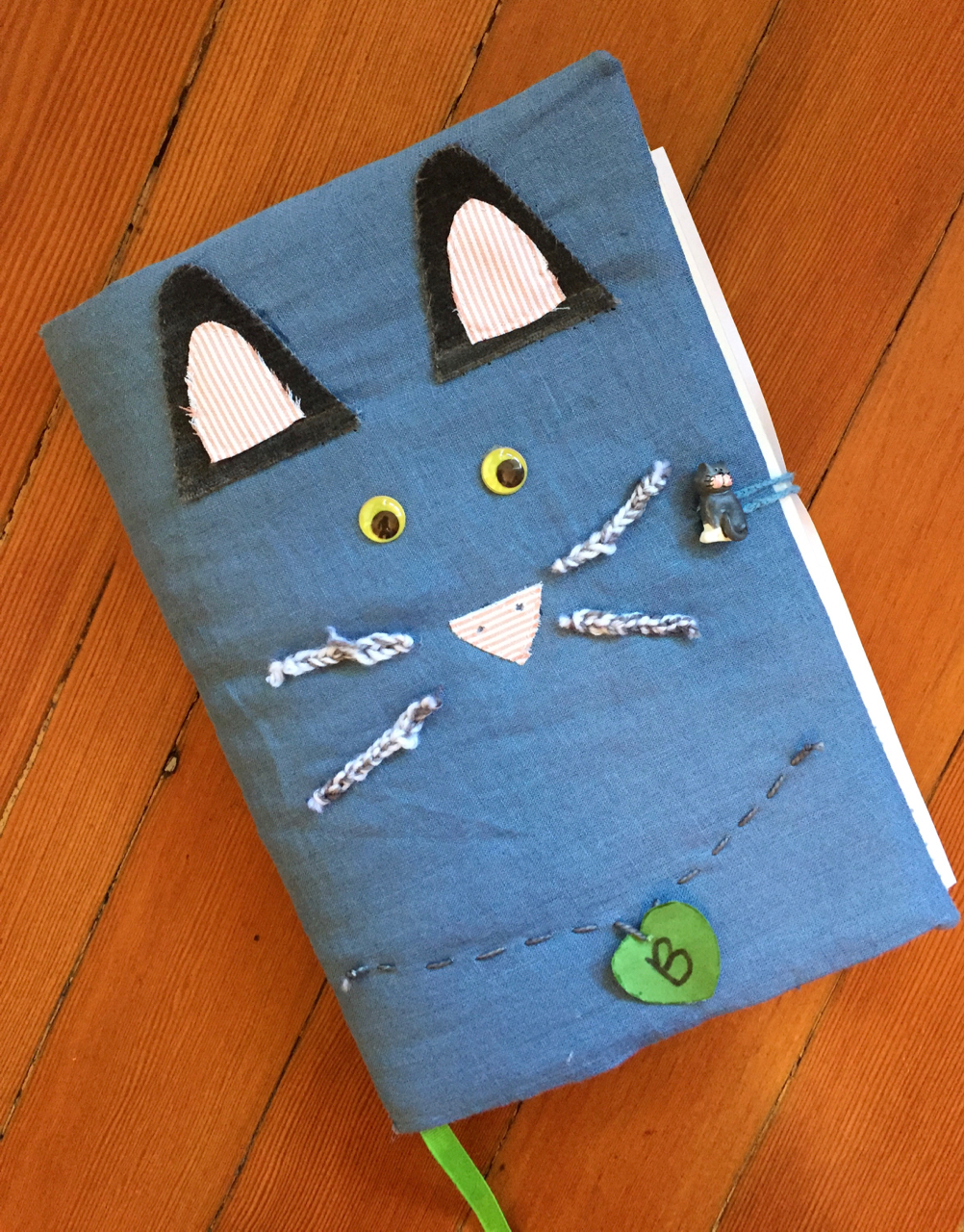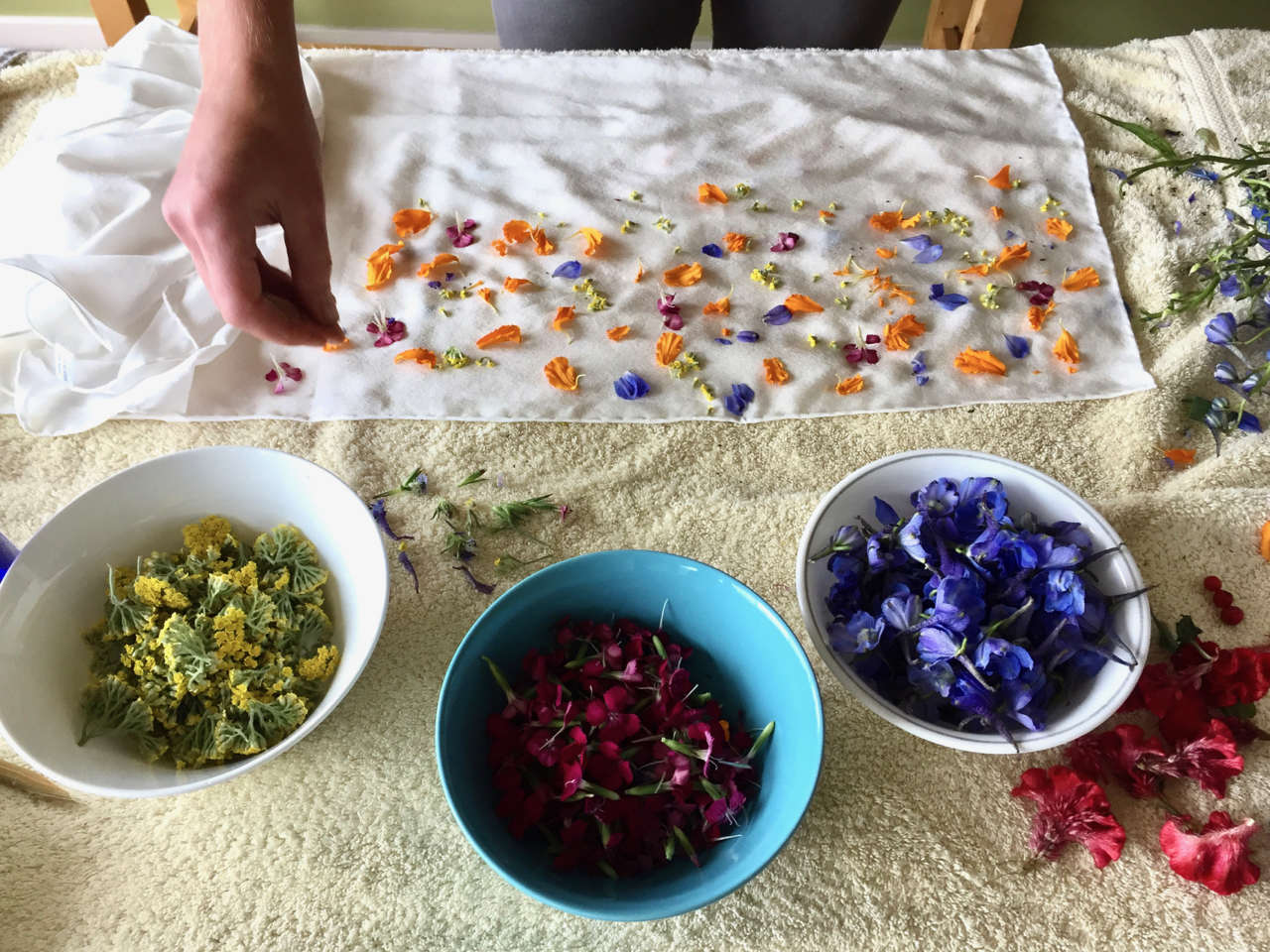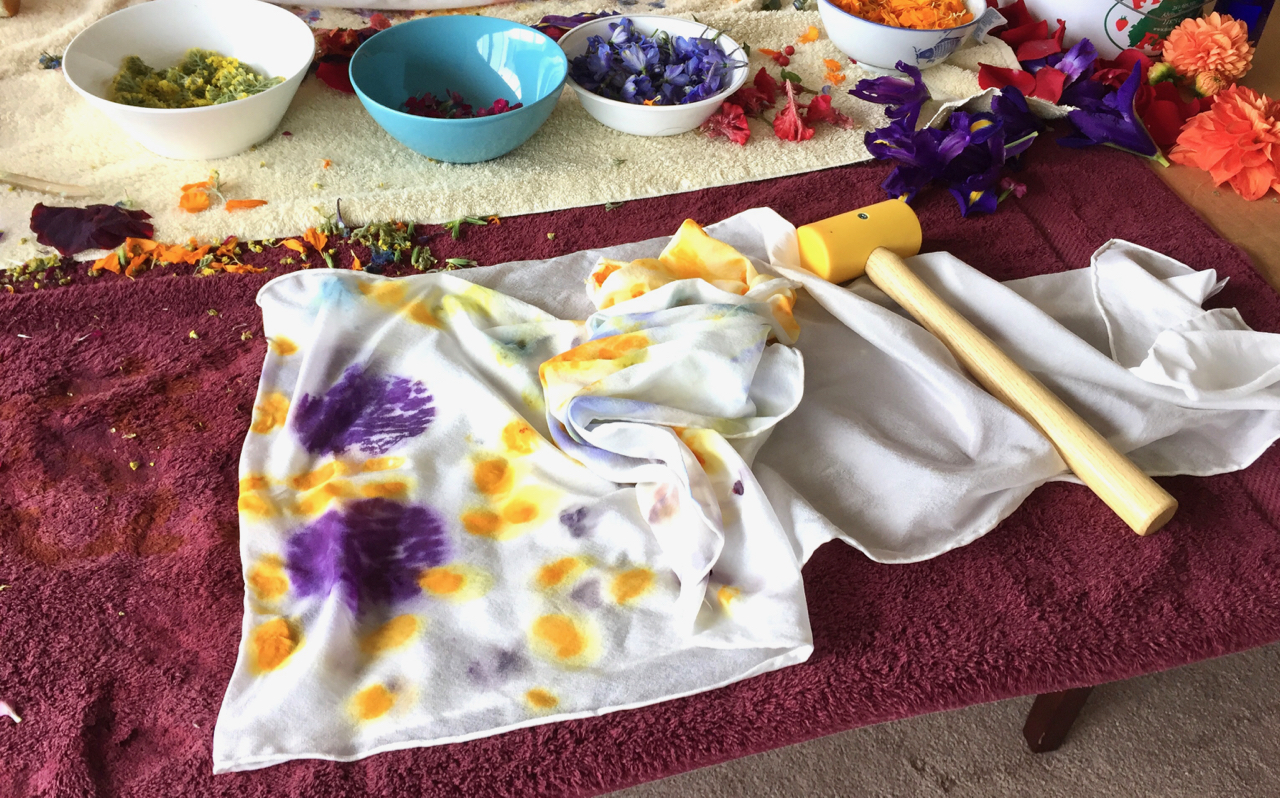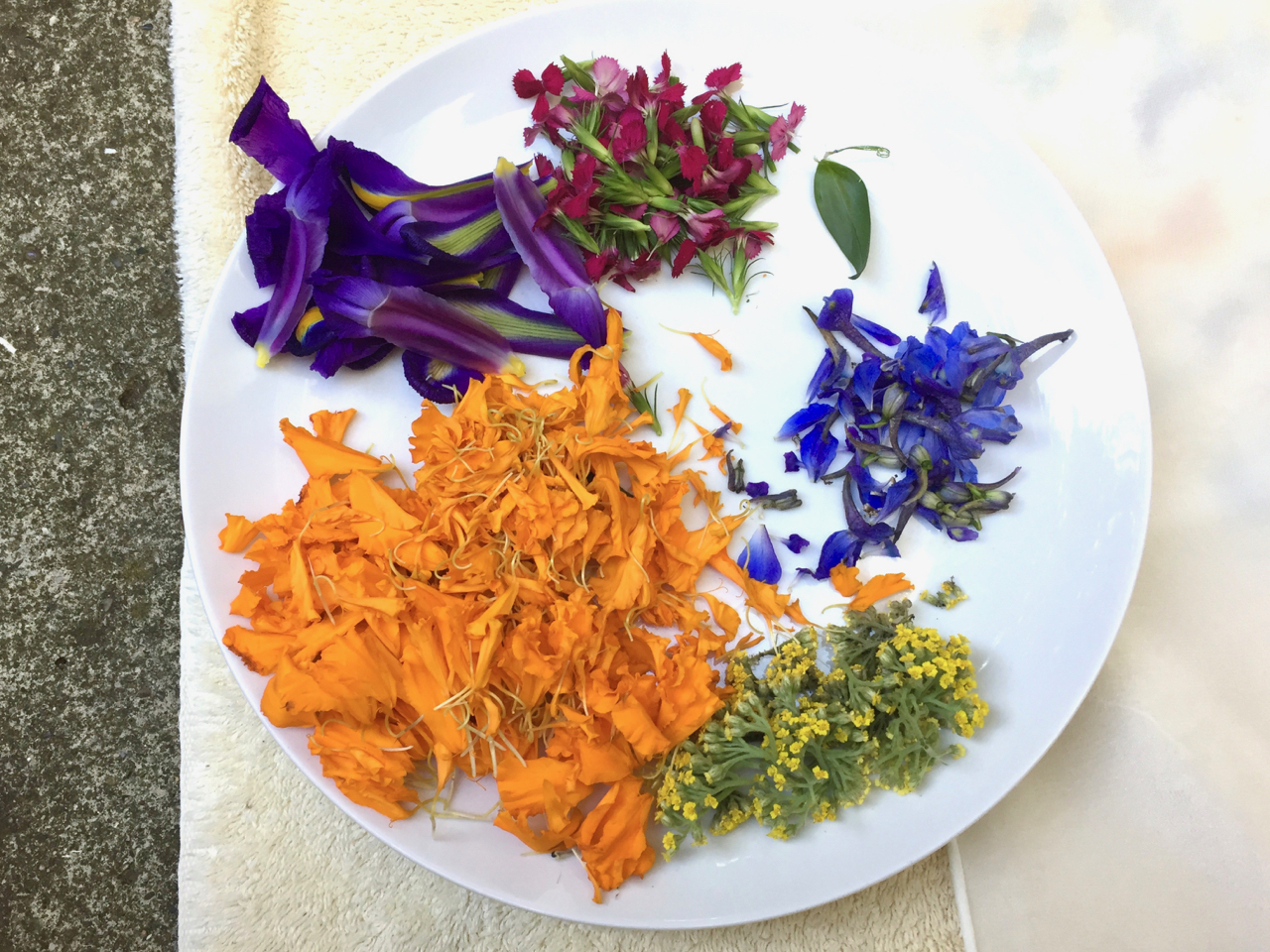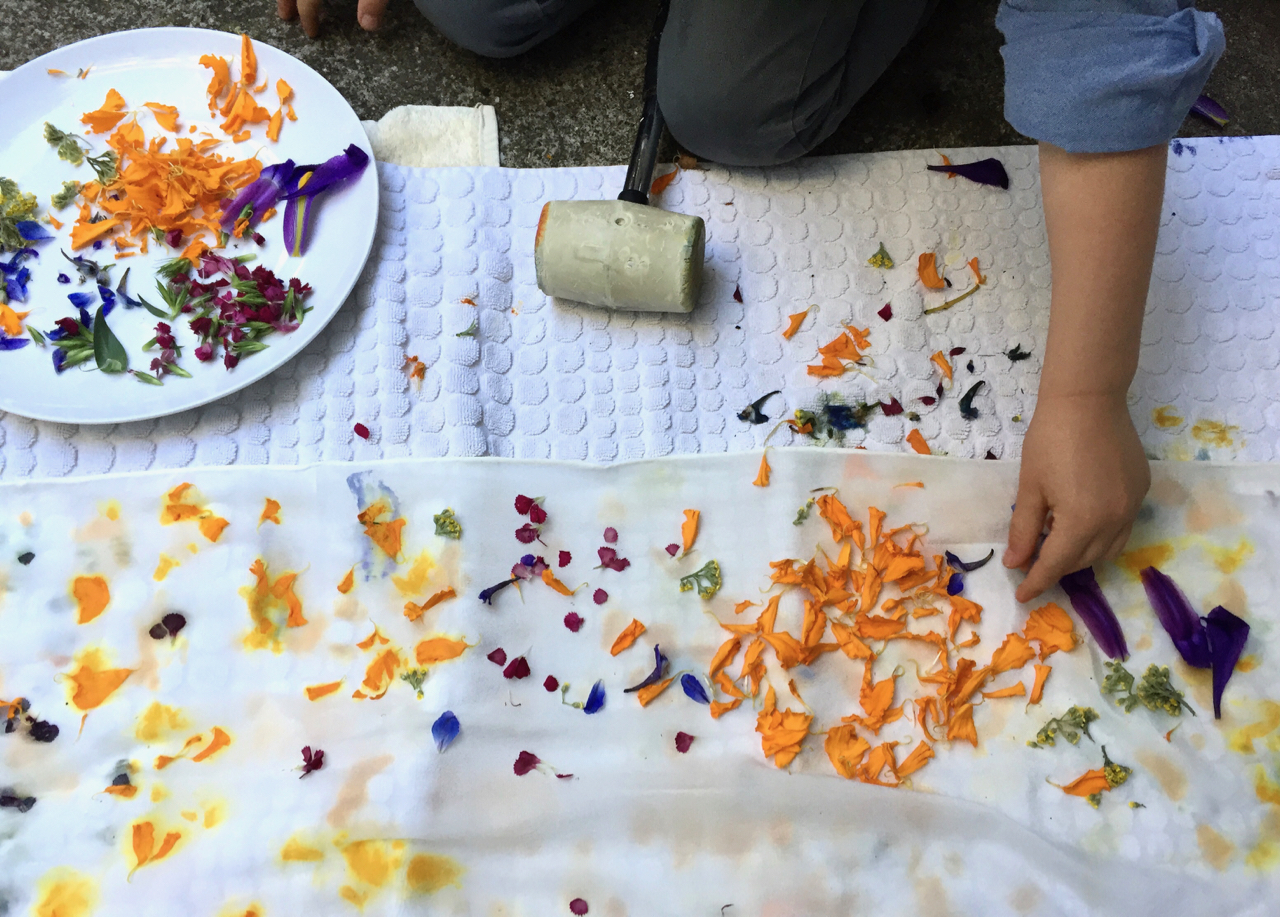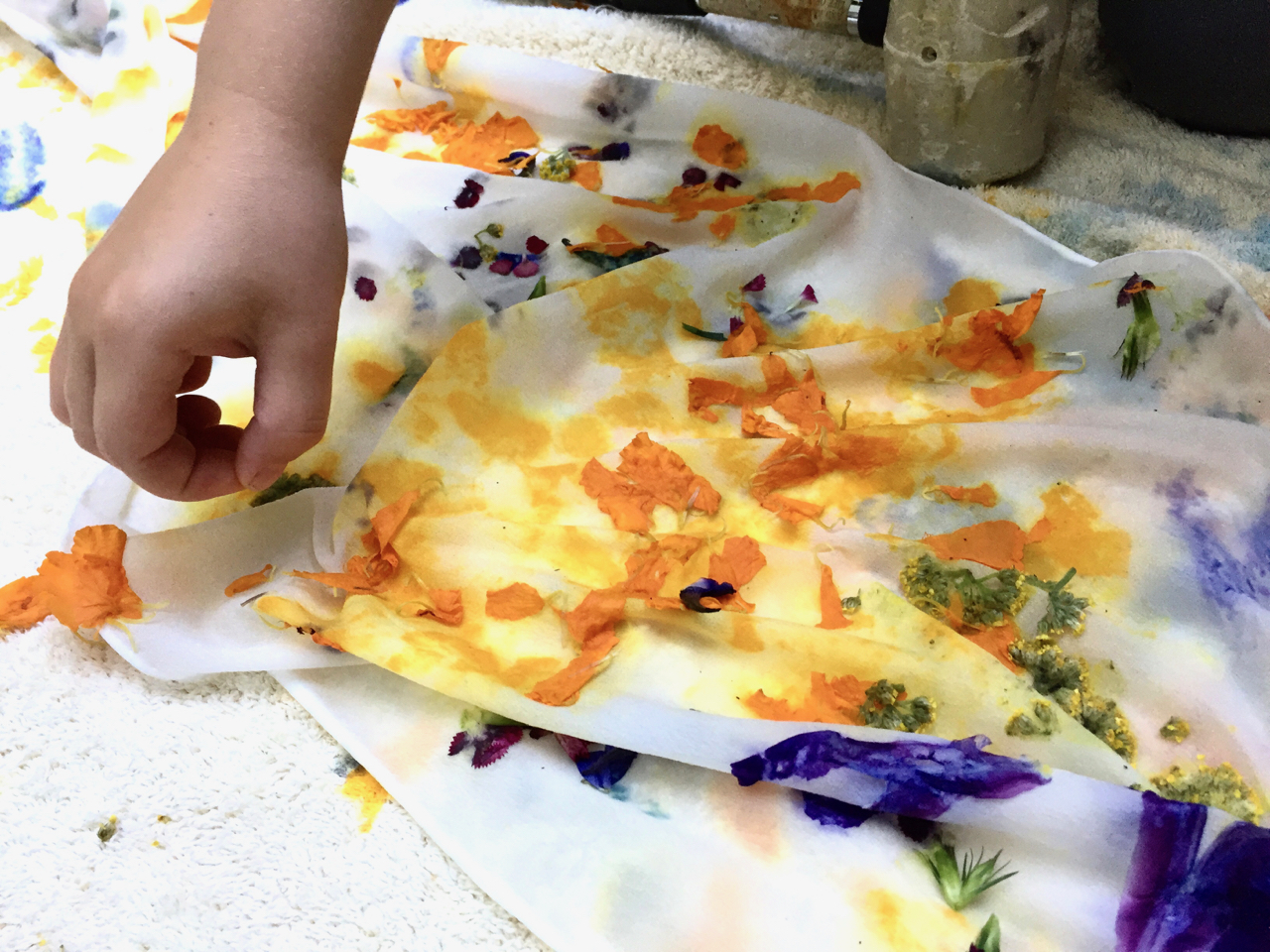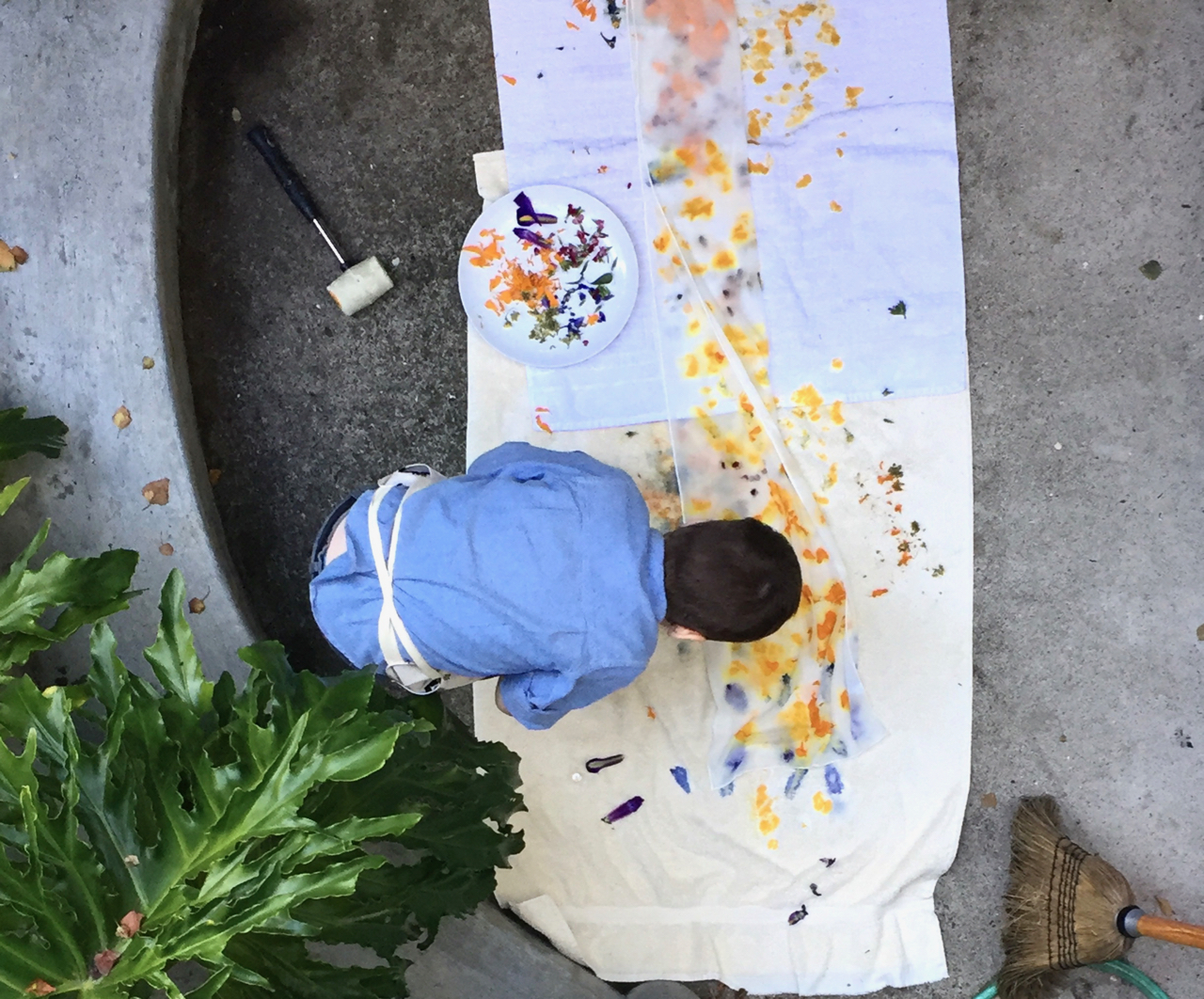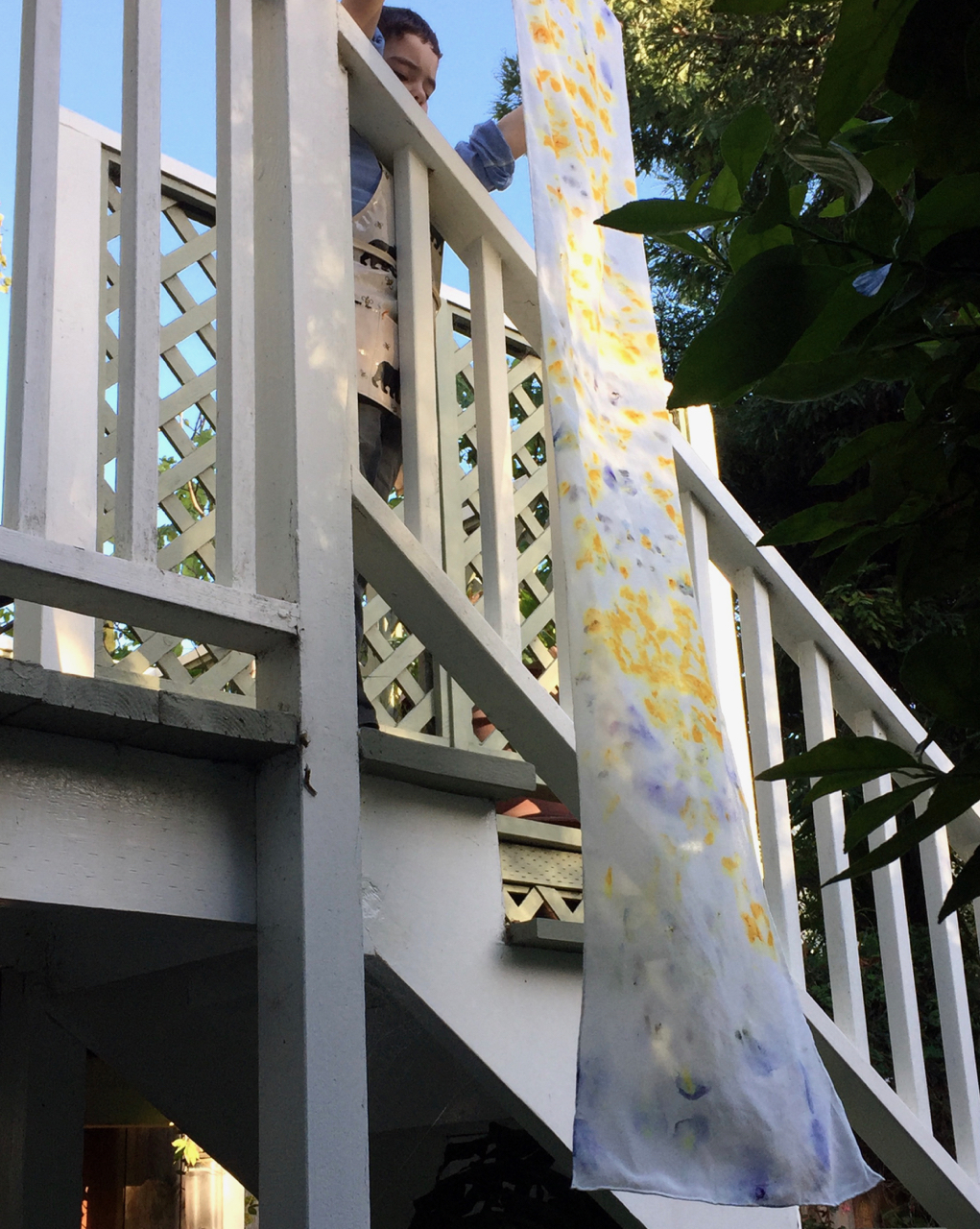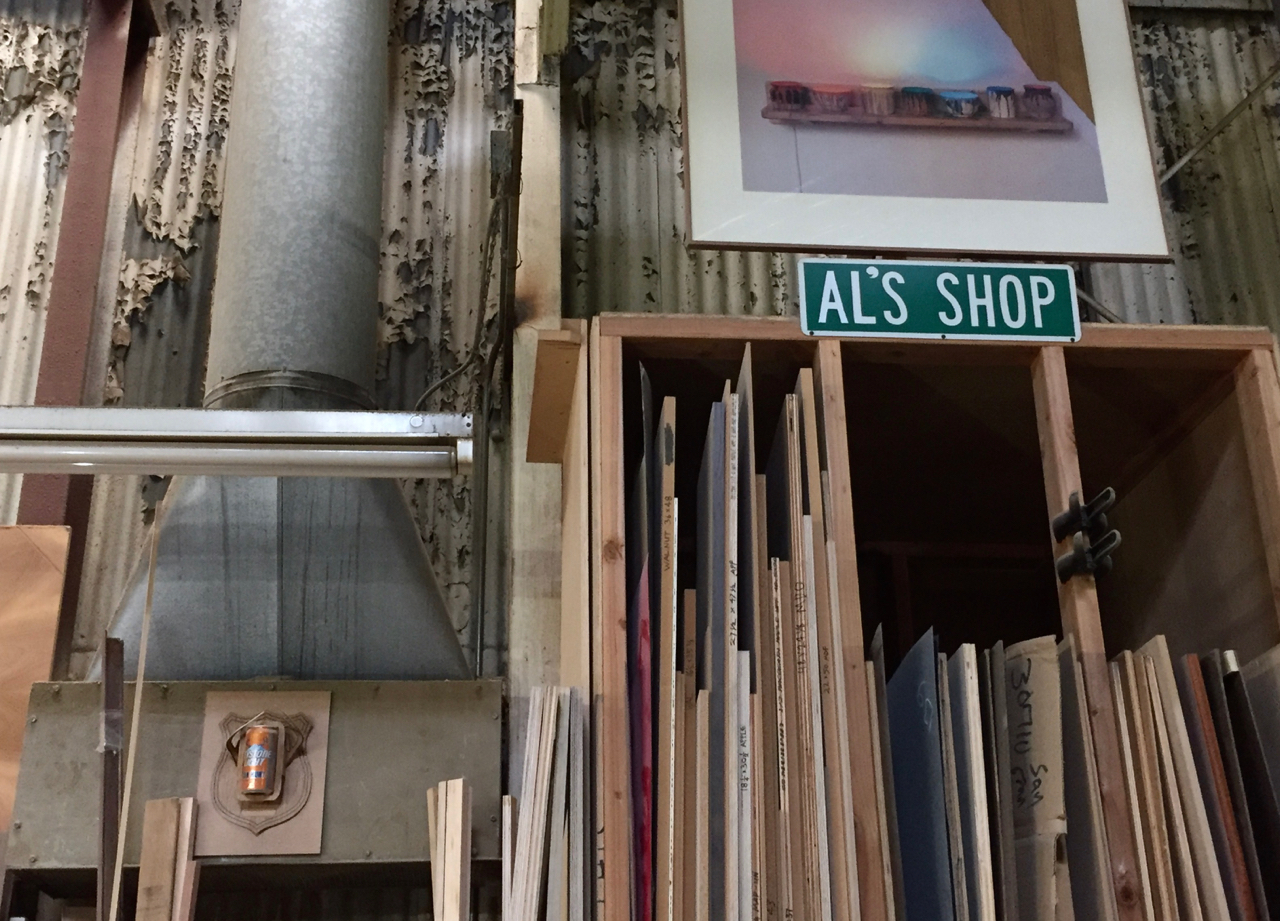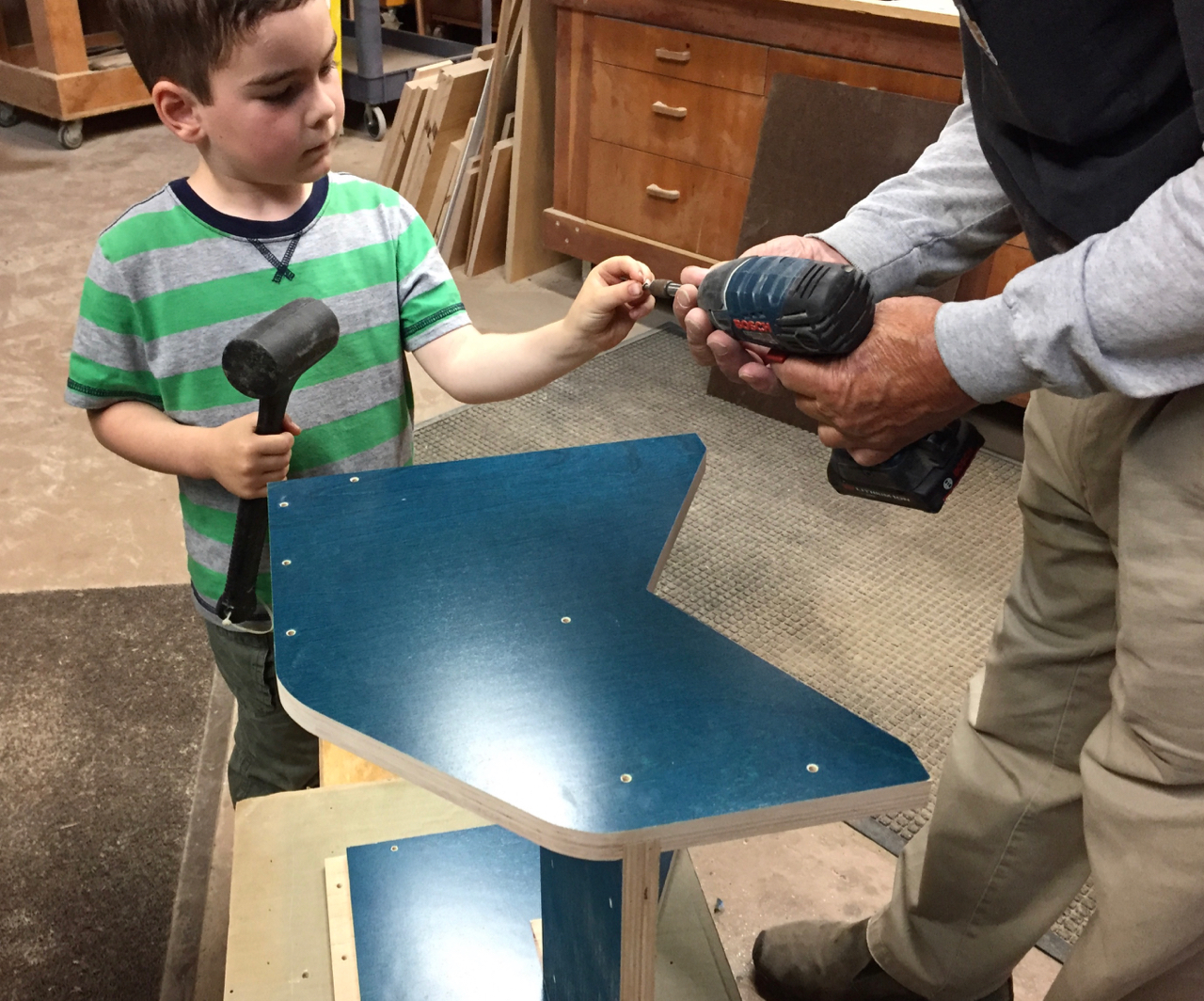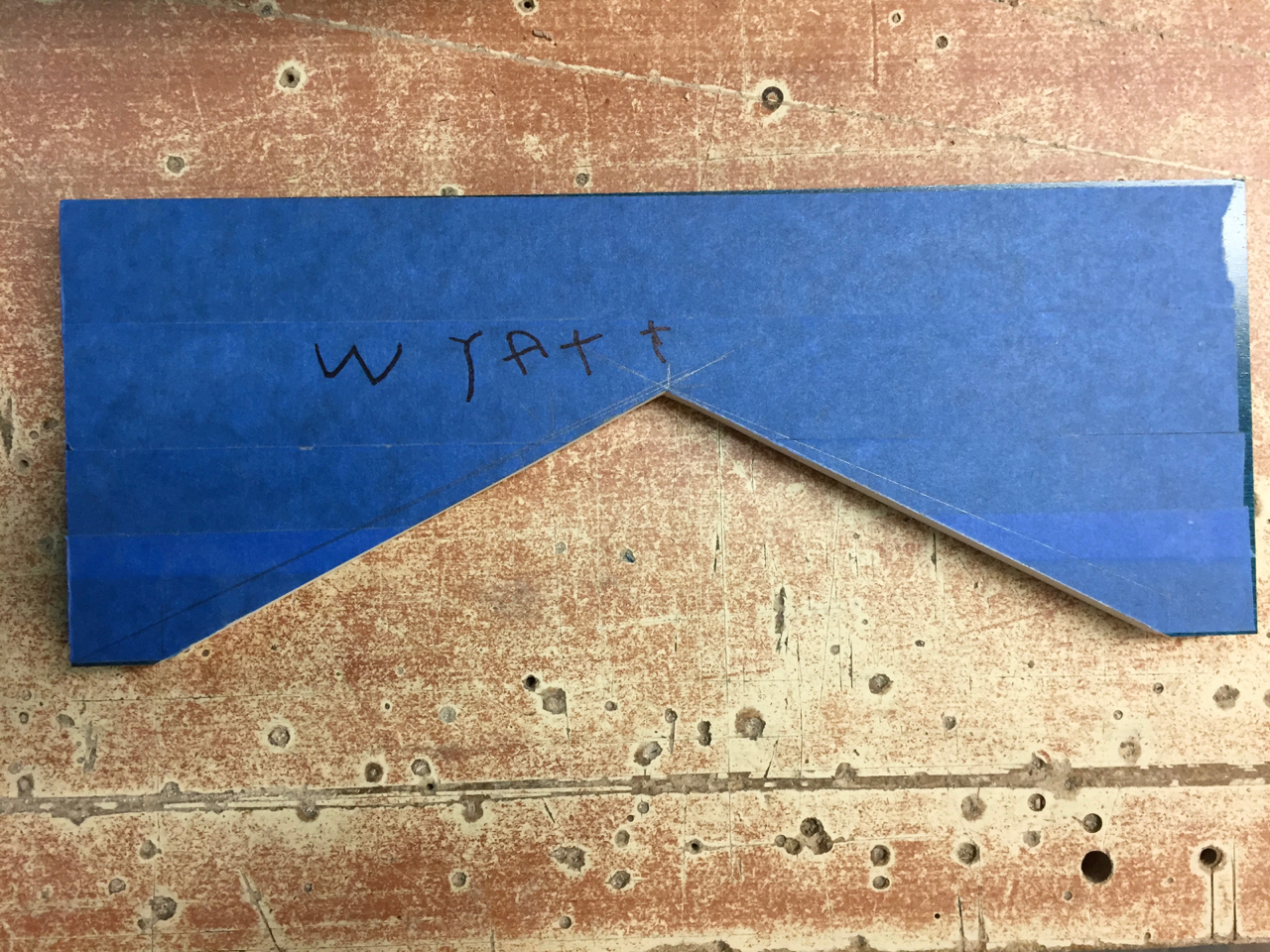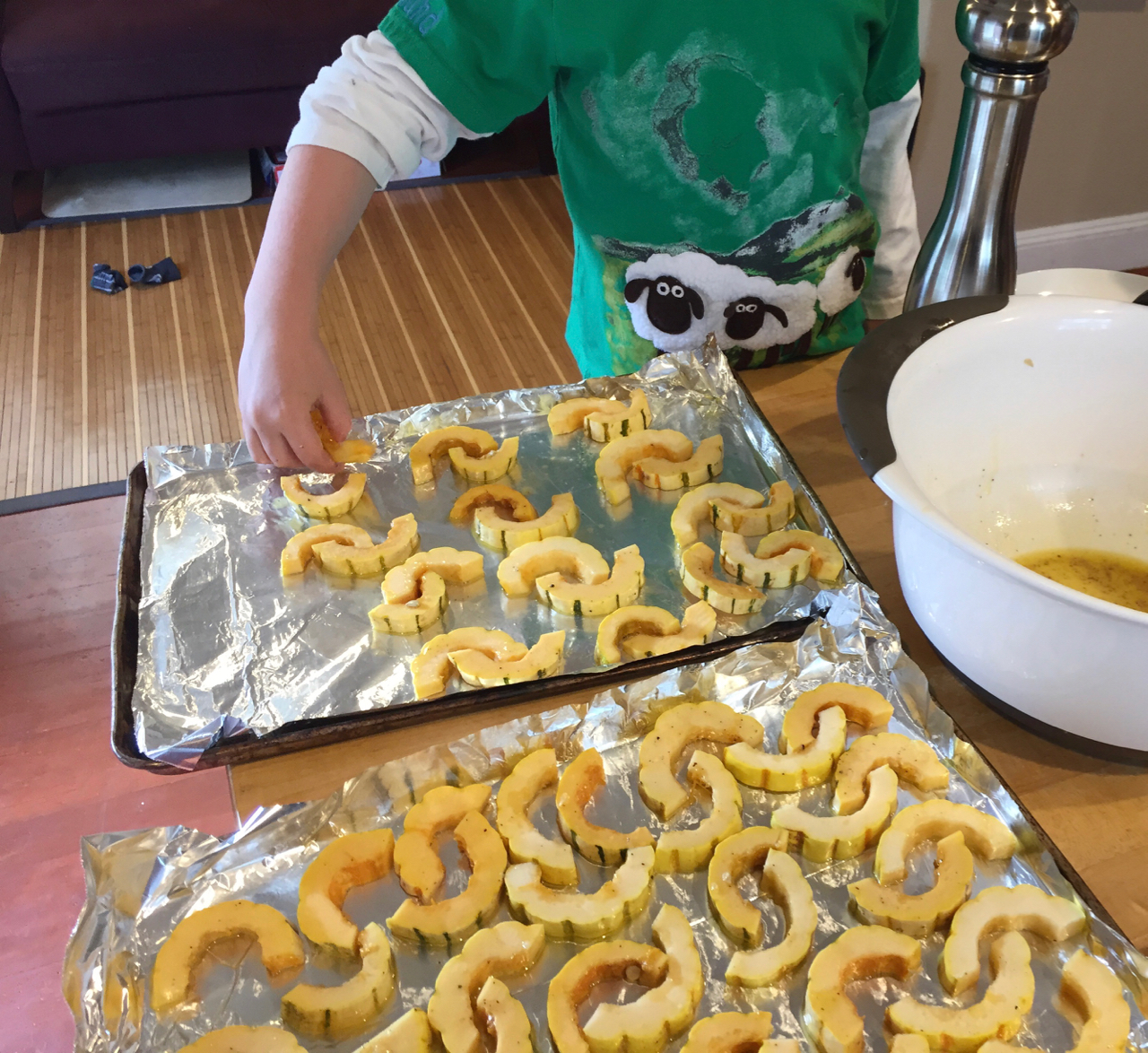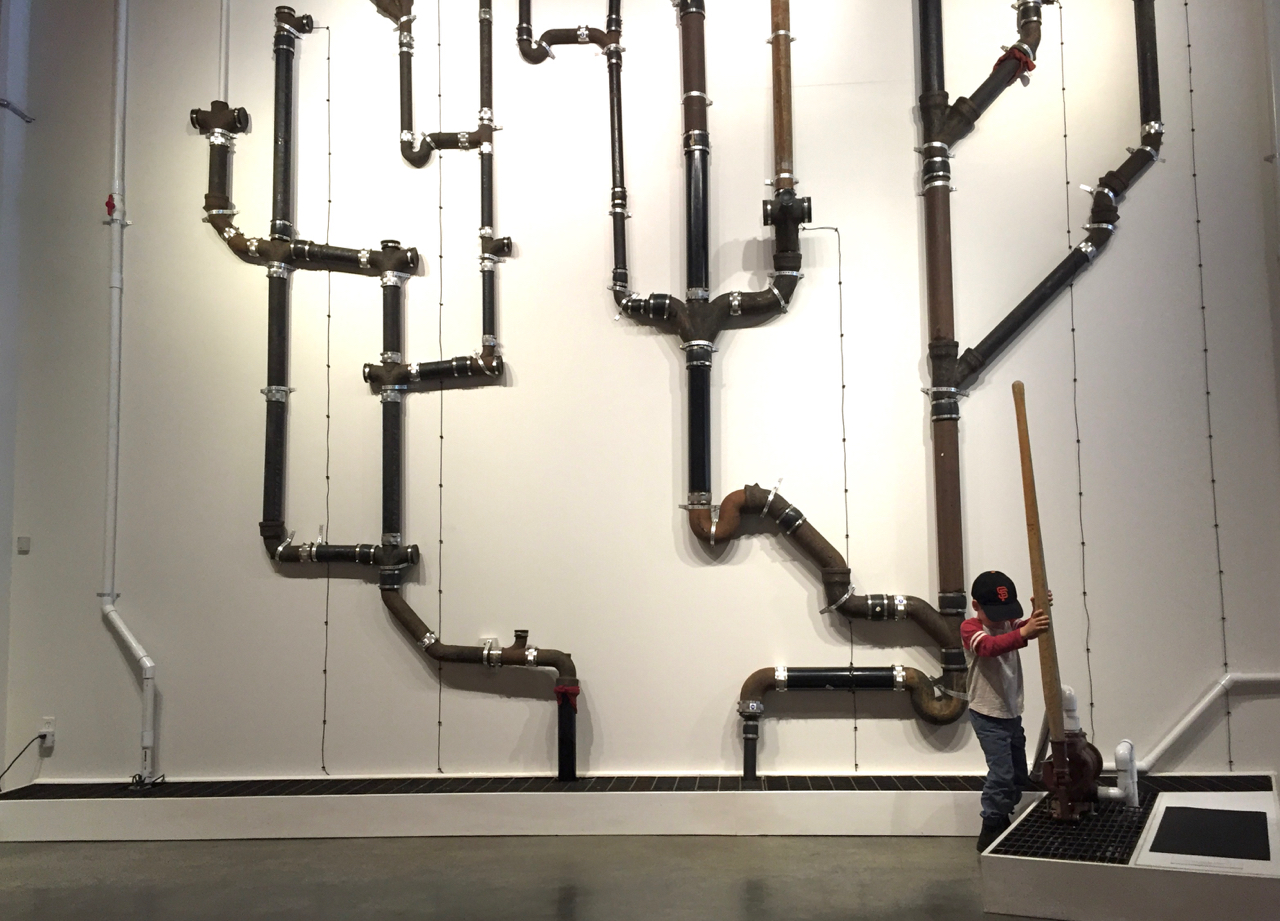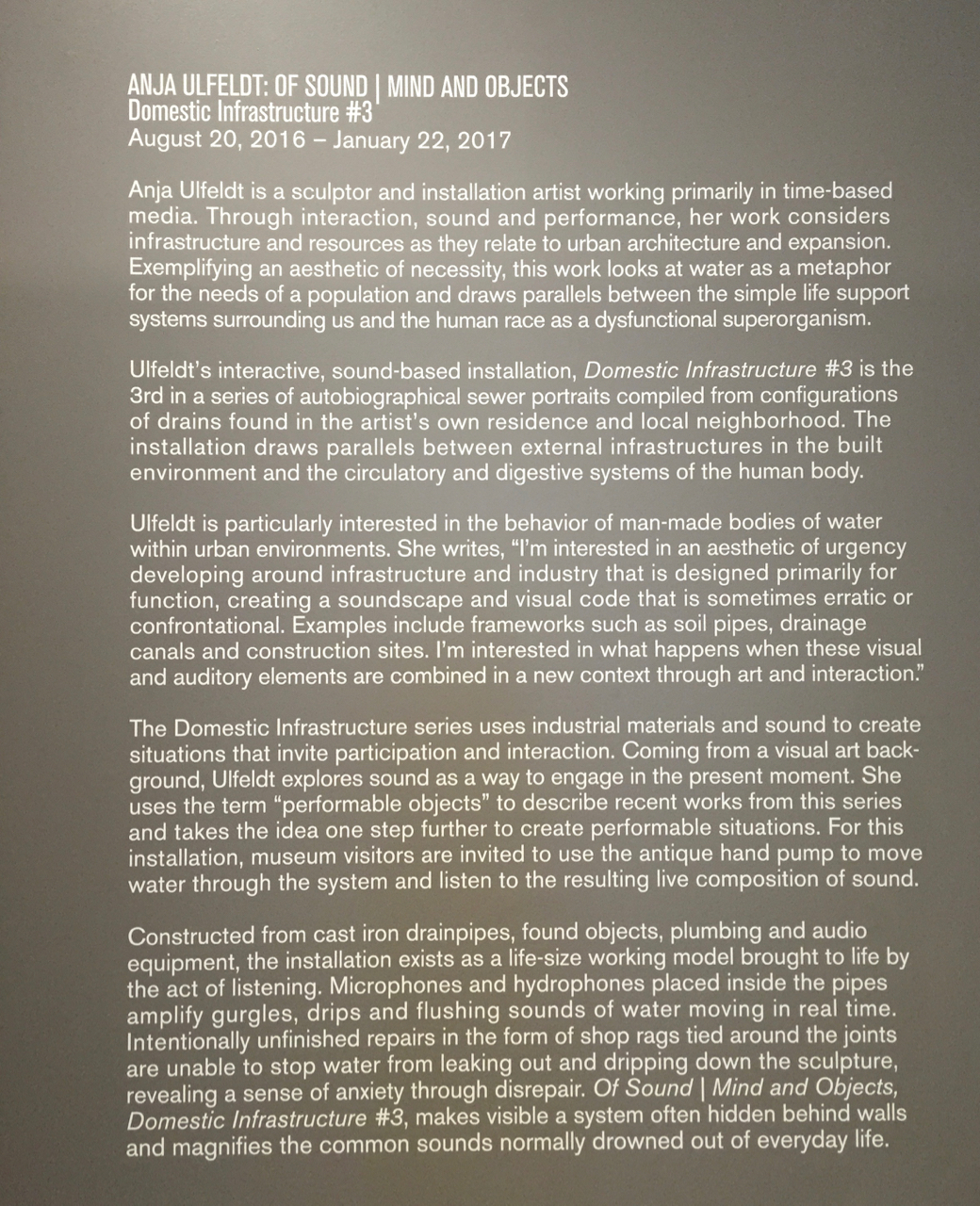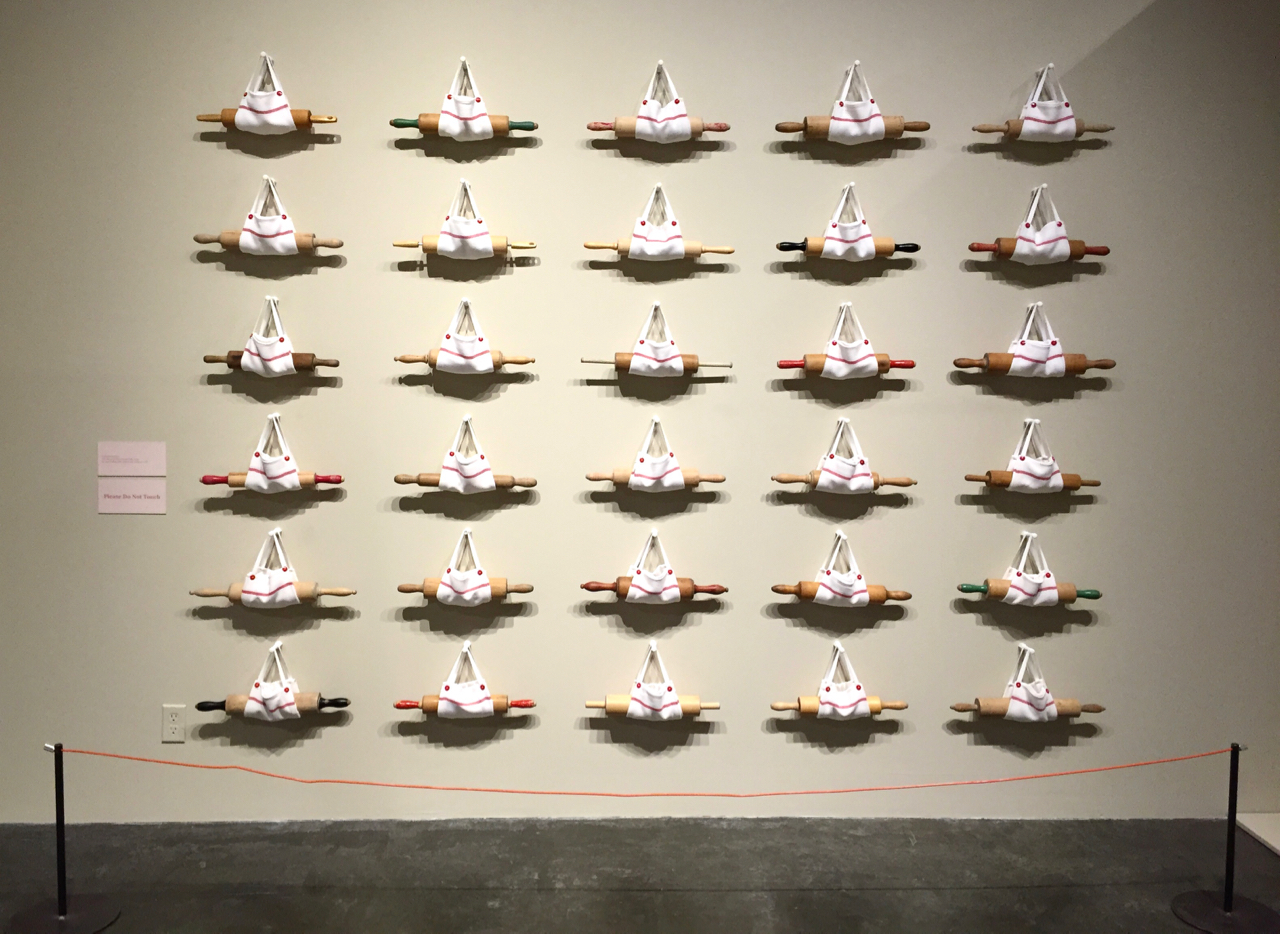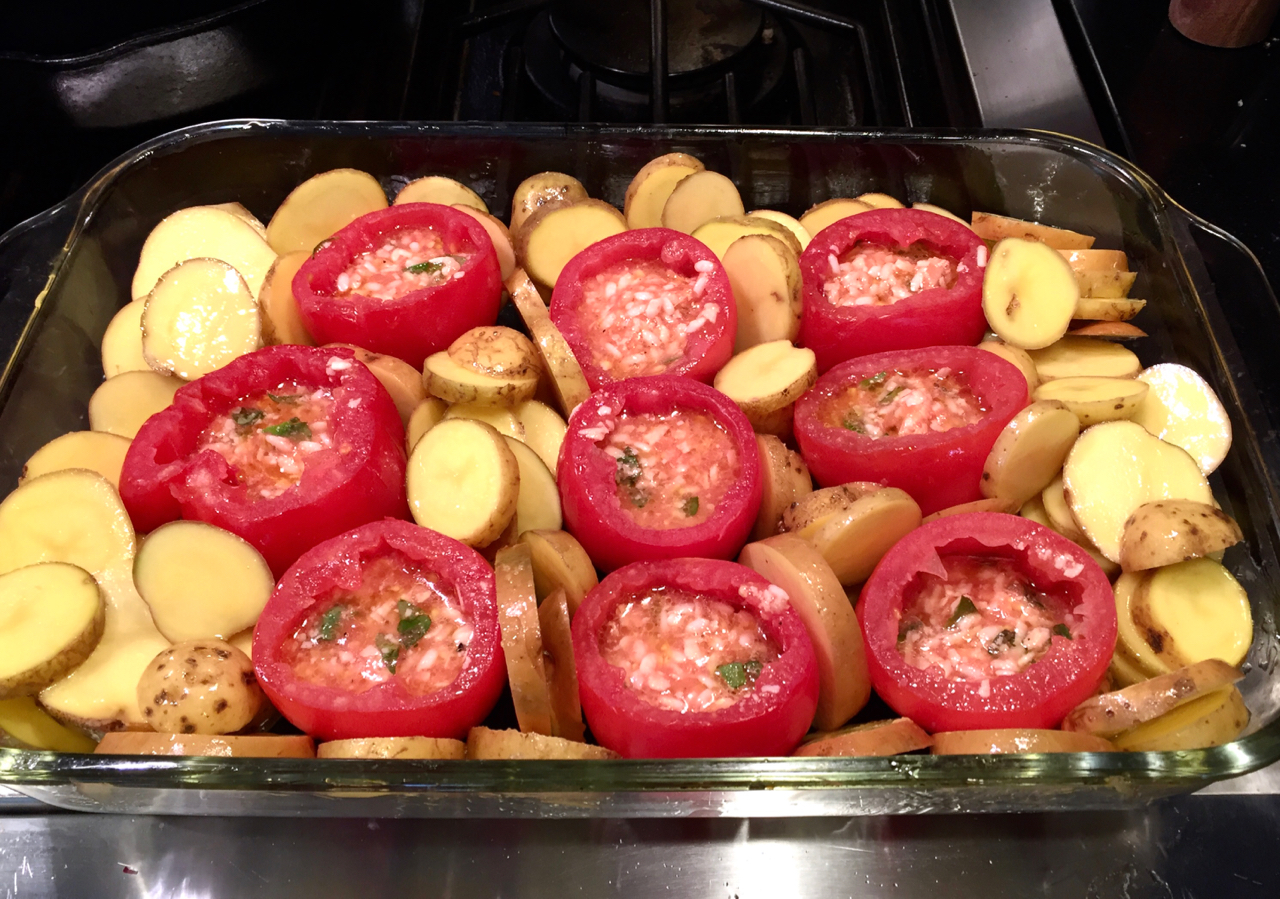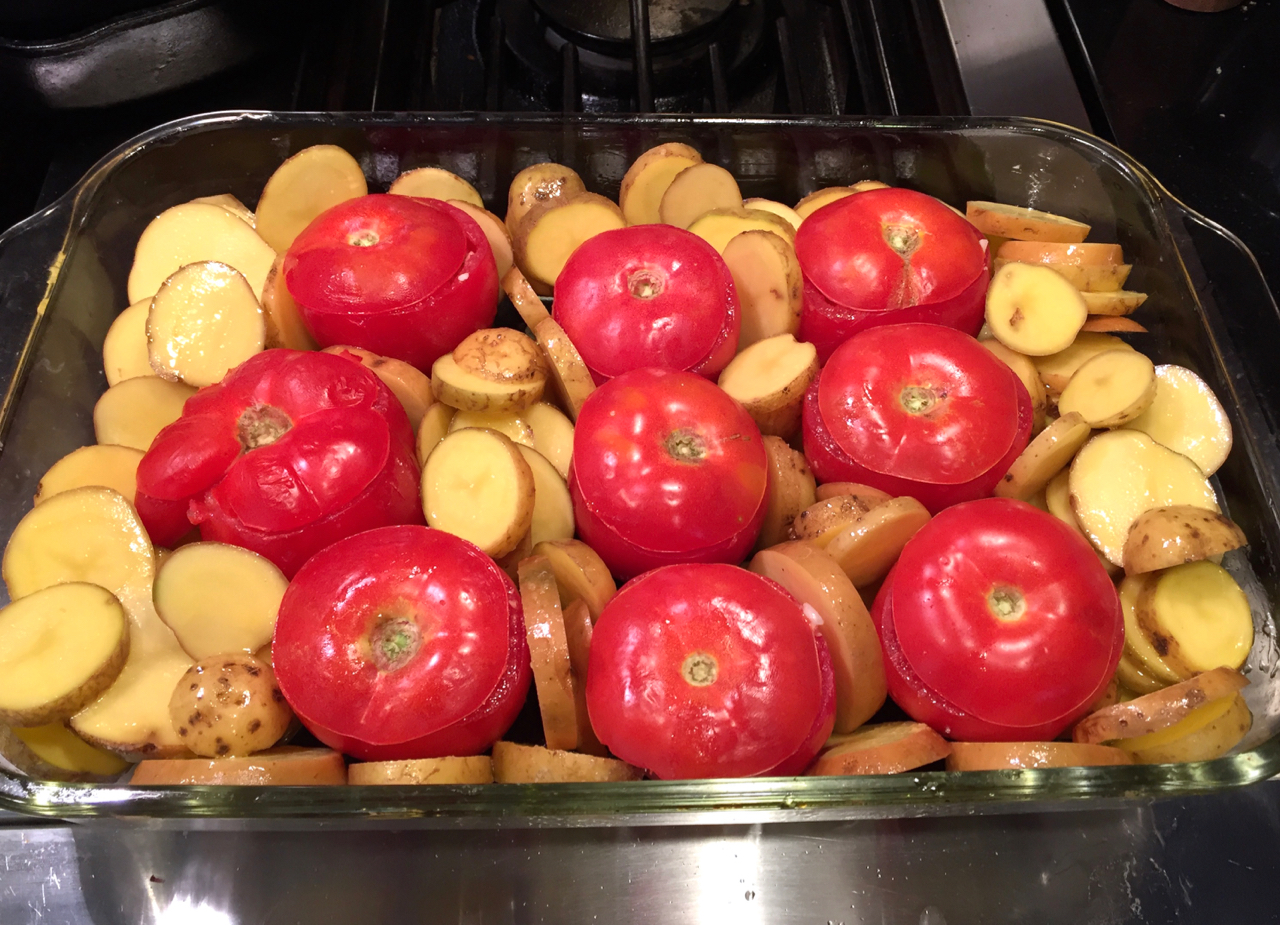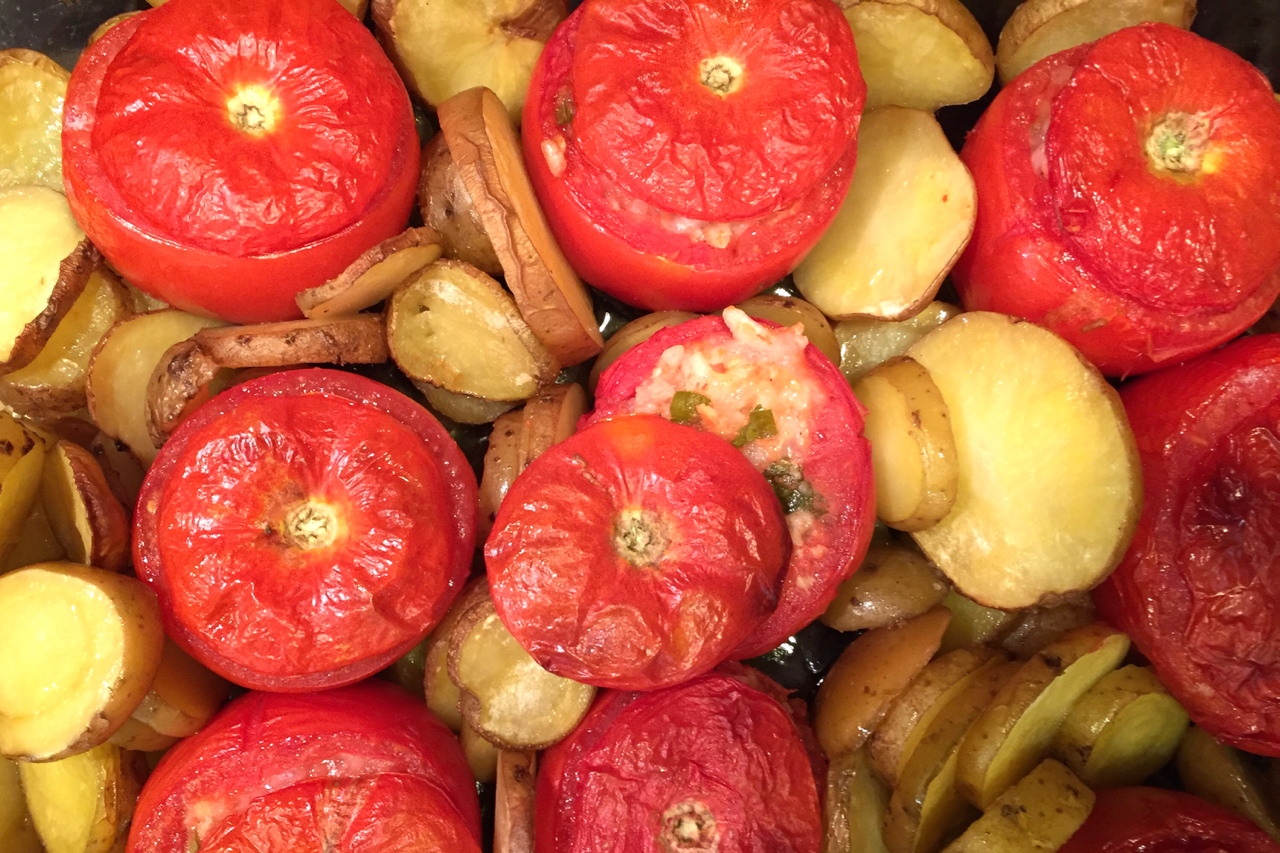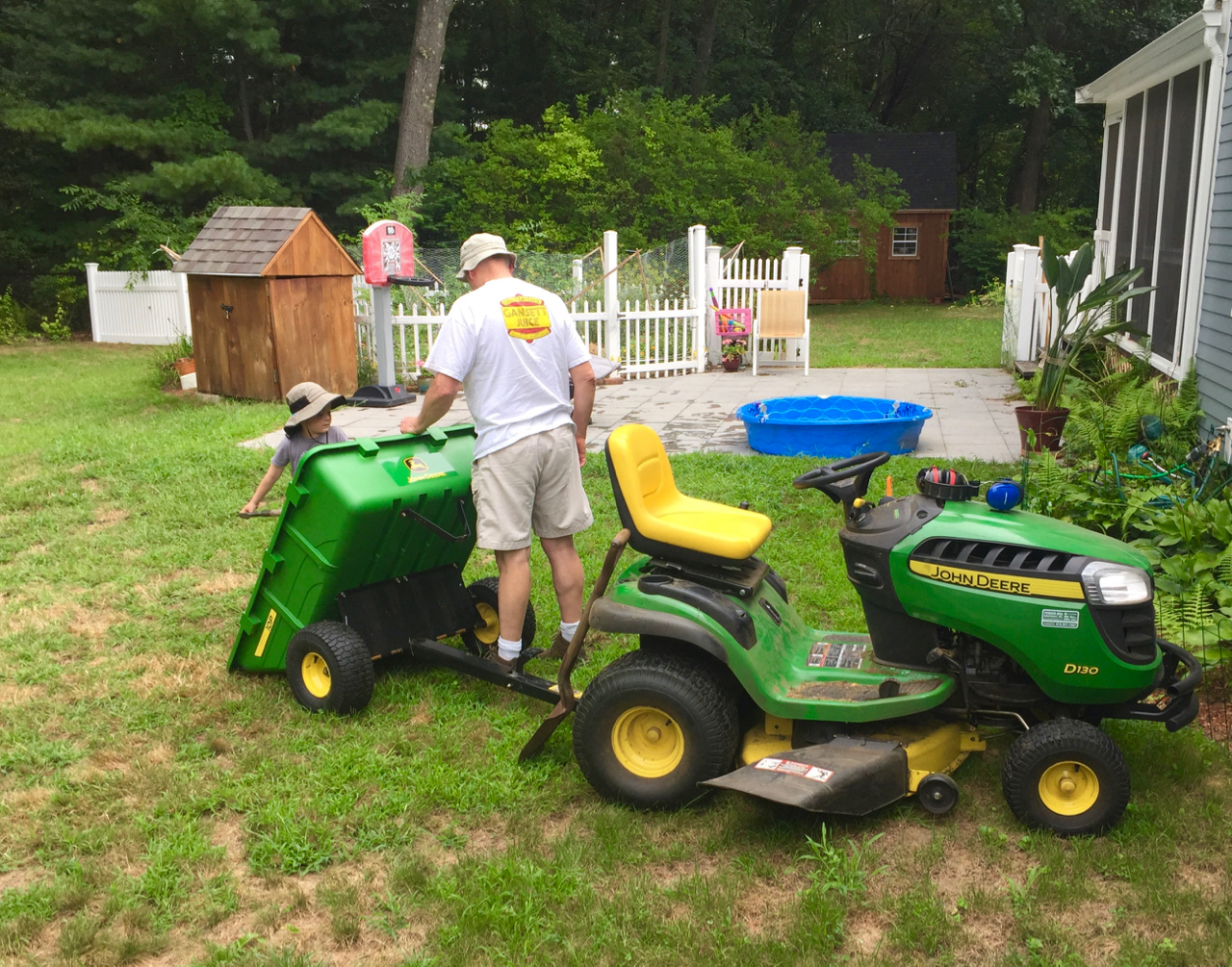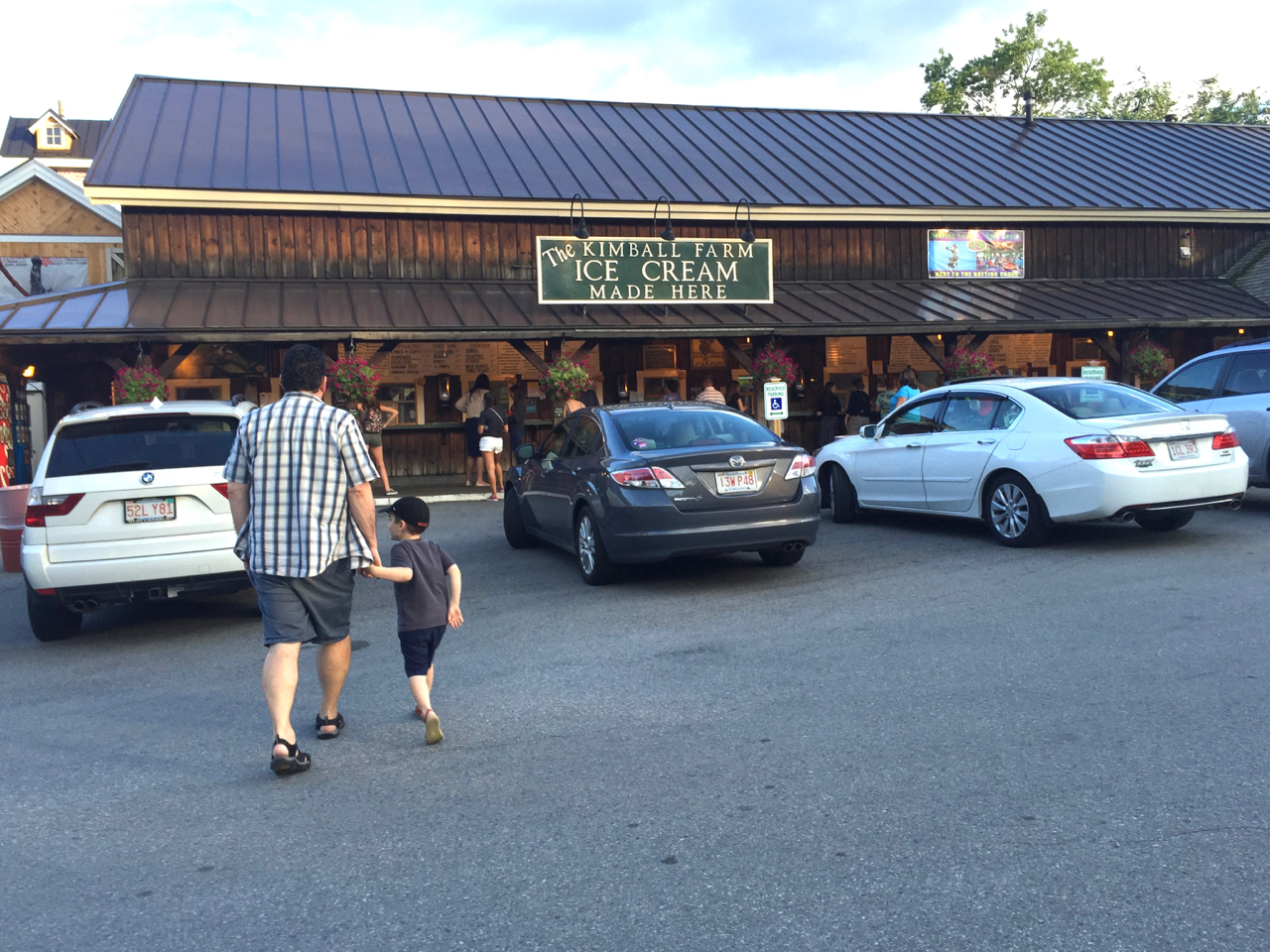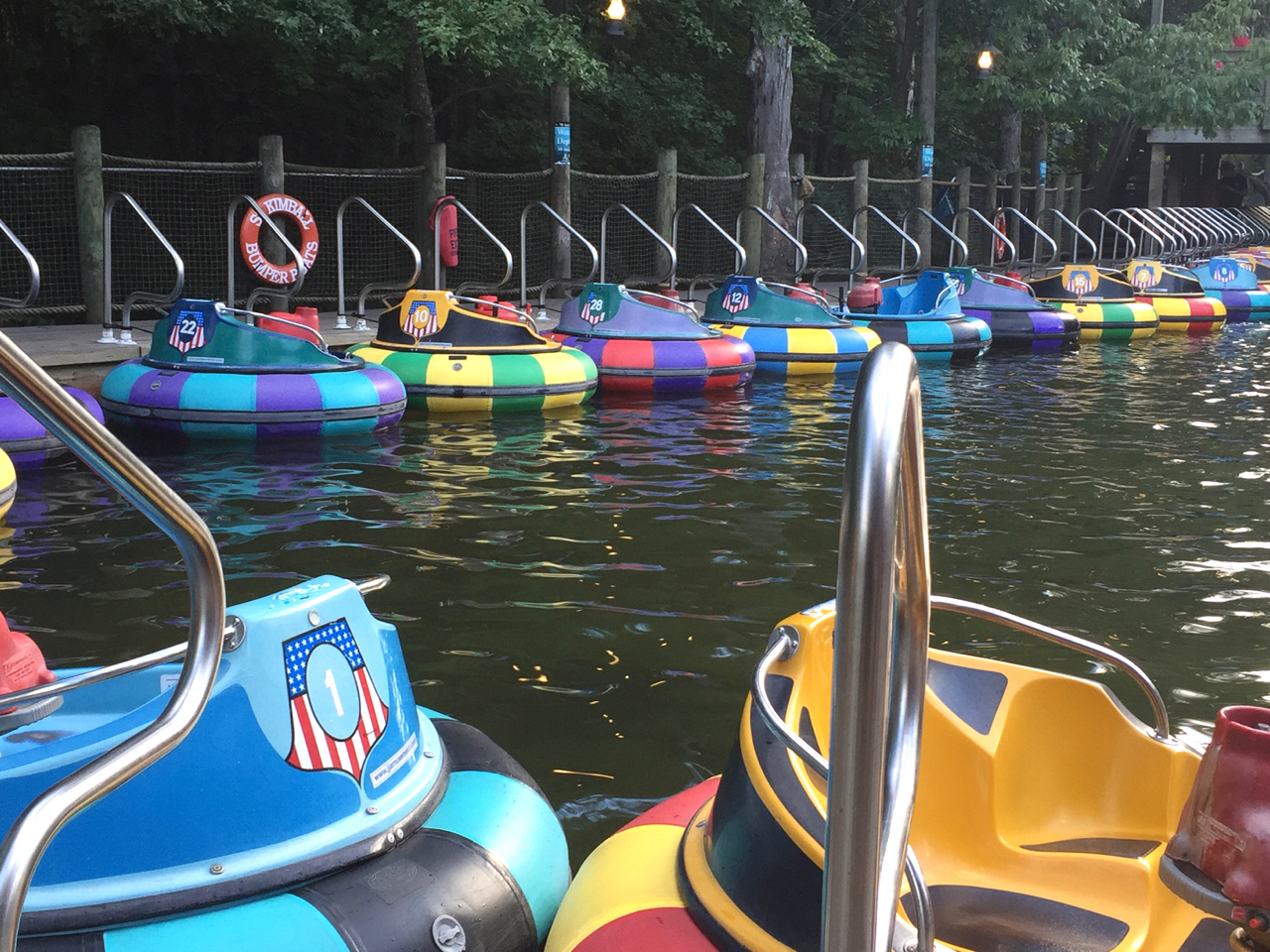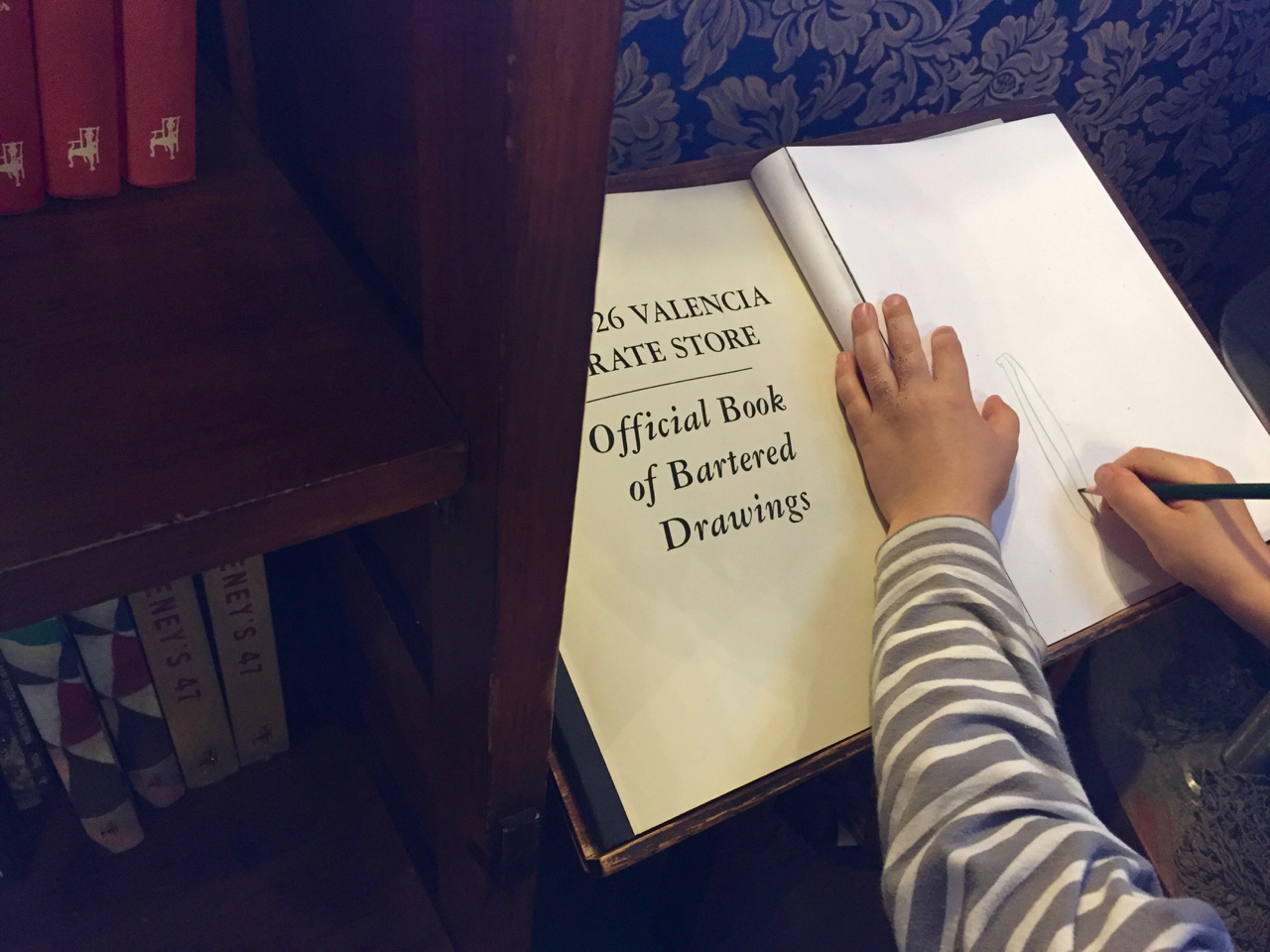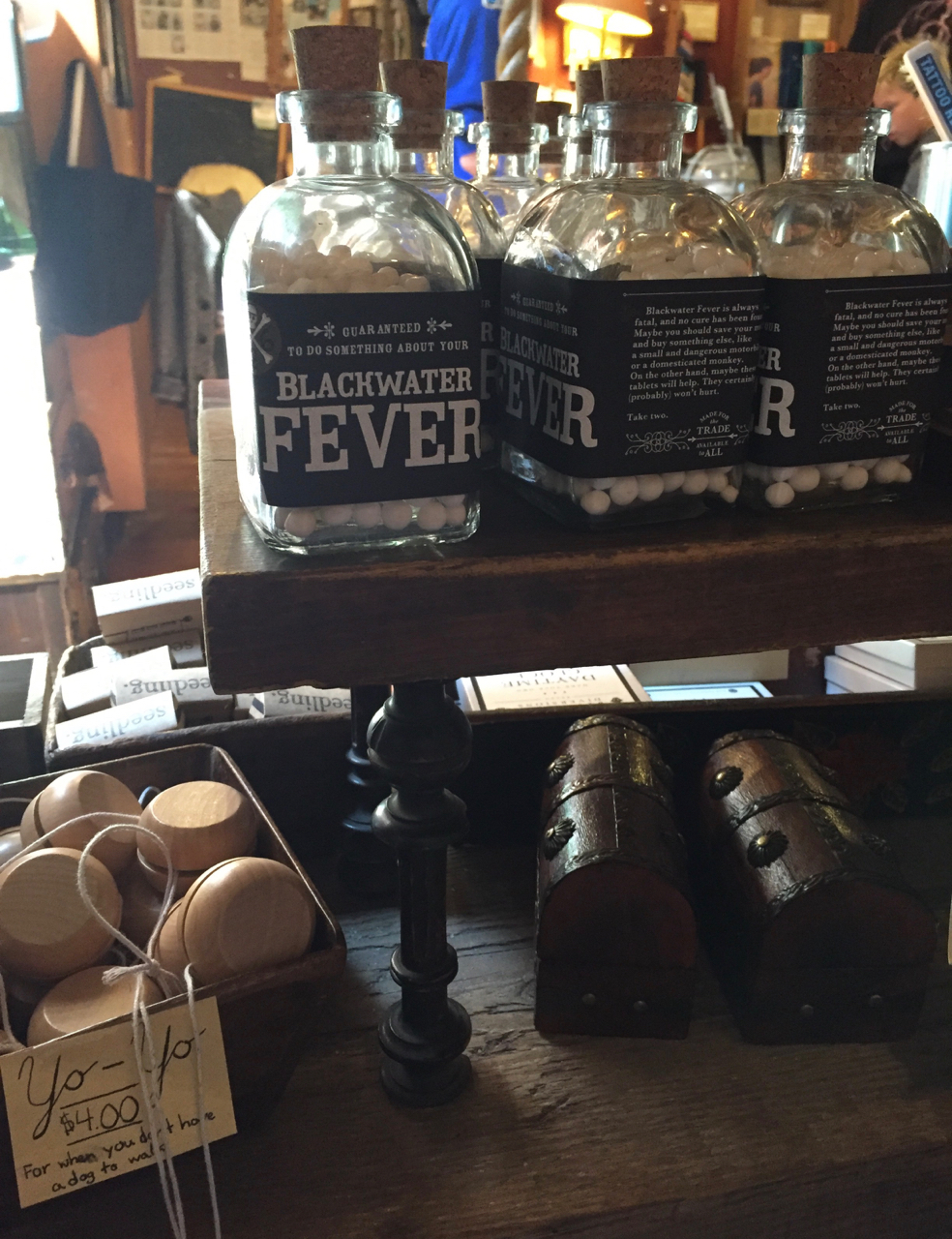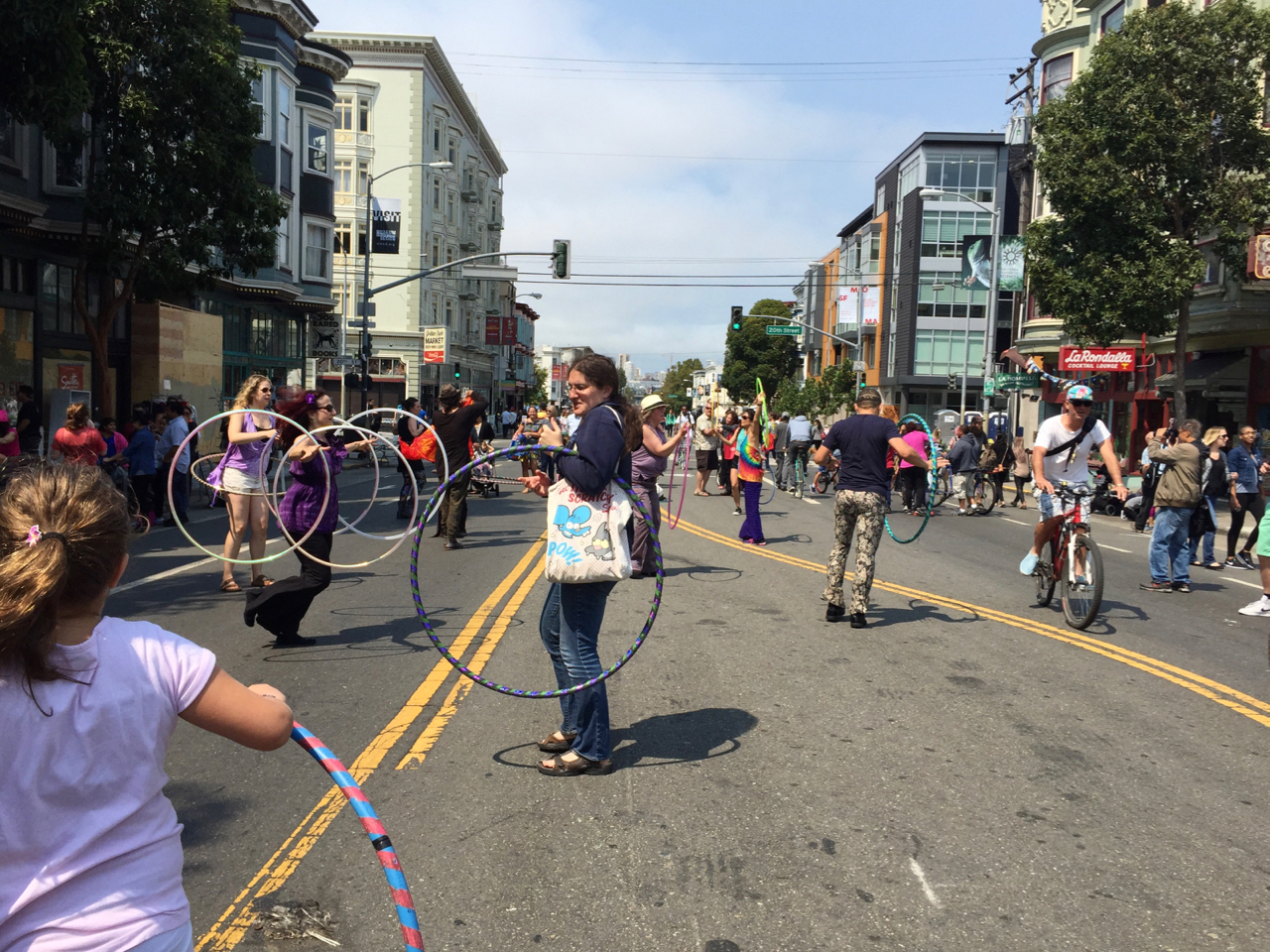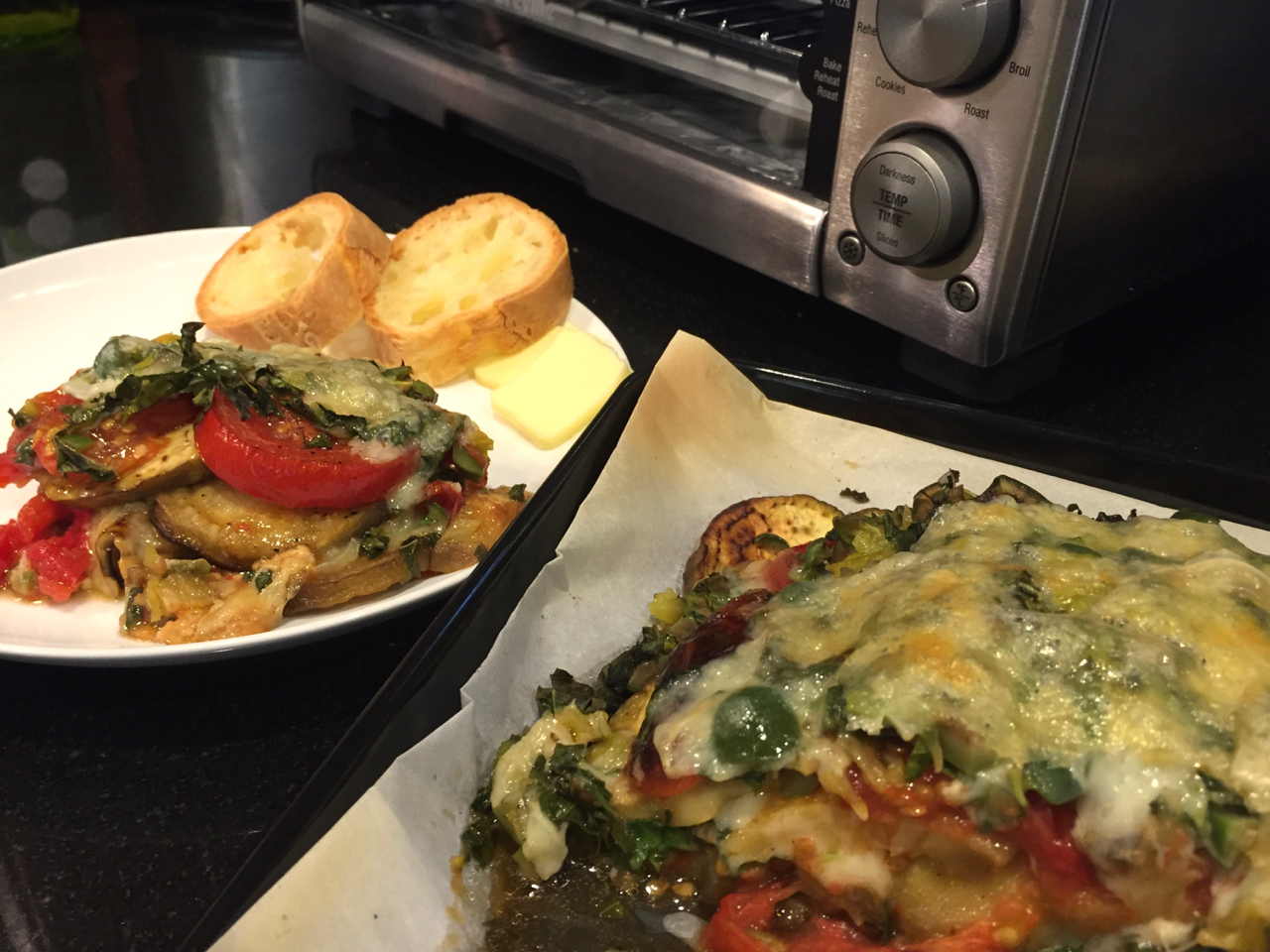Spring-ing
Now that I've answered Wyatt's big questions about Easter, Passover, God, Jesus, and Moses with various versions of "Some people believe," "Maybe," and "I don't know," it's time to raise a basket of naturally dyed eggs in celebration of spring: May we all enjoy liberation, renewal, and rebirth.
Surely you remember that we're all about annual egg dyeing? Last year's eggs were pretty spectacular. This year, we took a comparative approach and tested two natural dye kits (I purchased both of them). We also prepared dye baths of onion skins (gold), red cabbage (blue), and beets (red) in which to simultaneously cook and dye eggs. This year, we used our new Joule immersion circulator to achieve "perfect" hardboiled eggs. This cooking method is pretty straightforward when you're simply cooking eggs you'll dye in a kit--cook the eggs however you like them (we followed all the recommended steps to make them easiest to peel and went with 45 minutes at 165F), cool them to a temperature you can handle, and then dip-dye-away.
The dye kits are the most fun, because you get almost instant results and can get creative. You can play with resists like leaves and rubber bands, see what works, and then adjust as you go. You can also use multiple colors on one egg. Of the two kits we tried, ColorKitchen, which includes three colors, delivered the most vibrant color the quickest. The other kit, Natural Earth Paint, has four colors, including green. Green has always been difficult for us to get when we try to blend dyes on on our own. Both kits' powdered dyes were contained in individually sealed plastic sleeves. Both kits cost about $10.





The homemade dye baths were a little less straightforward. Last year, I used this method to dye and cook the eggs at the same time. The resulting colors were great; the texture and doneness of the eggs, however, left a lot to be desired. This year, I figured I'd use the same dye recipes but cook the eggs in the dye with the circulator, in one pot.
This part of the experiment? It was a giant pain in the ass. It required so much more temperature testing and fiddling that I anticipated. In the end, I found I was able to keep the individual jars of dye bath at 165F only if the water bath was around 175F. Time will tell whether all the effort was worthwhile in terms of egg texture--we'll turn all these eggs into egg salad tomorrow after Wyatt finds them.
The dye baths we made from food gave a really deep color, but it took 2 days sitting in the dye bath in the refrigerator to achieve it. I also noticed that the dye coating got weirdly bubbled in spots. The mottling that resulted looks interesting, but it is definitely not interesting enough for me to bother with this particular method ever again.
In conclusion! If you like active egg dyeing, get a kit. If you want a natural egg dye kit that colors eggs pretty quickly and with more time can give you a really deep color, go with ColorKitchen. If you don't mind waiting longer for a more pastel look but like having control over blended colors, go with Natural Earth Paint. If you want to use food to color your eggs, embrace the fact that the dyeing will be mostly NOT interactive. Prepare your dye baths, cook your eggs to your liking, and then place and leave the eggs in the bath in jars in the fridge for several days to color them.
























